I love shoots like these. I called Haley and Hannah into the studio to test, with zero preparation or planning, we just went in and tried to make something happen.
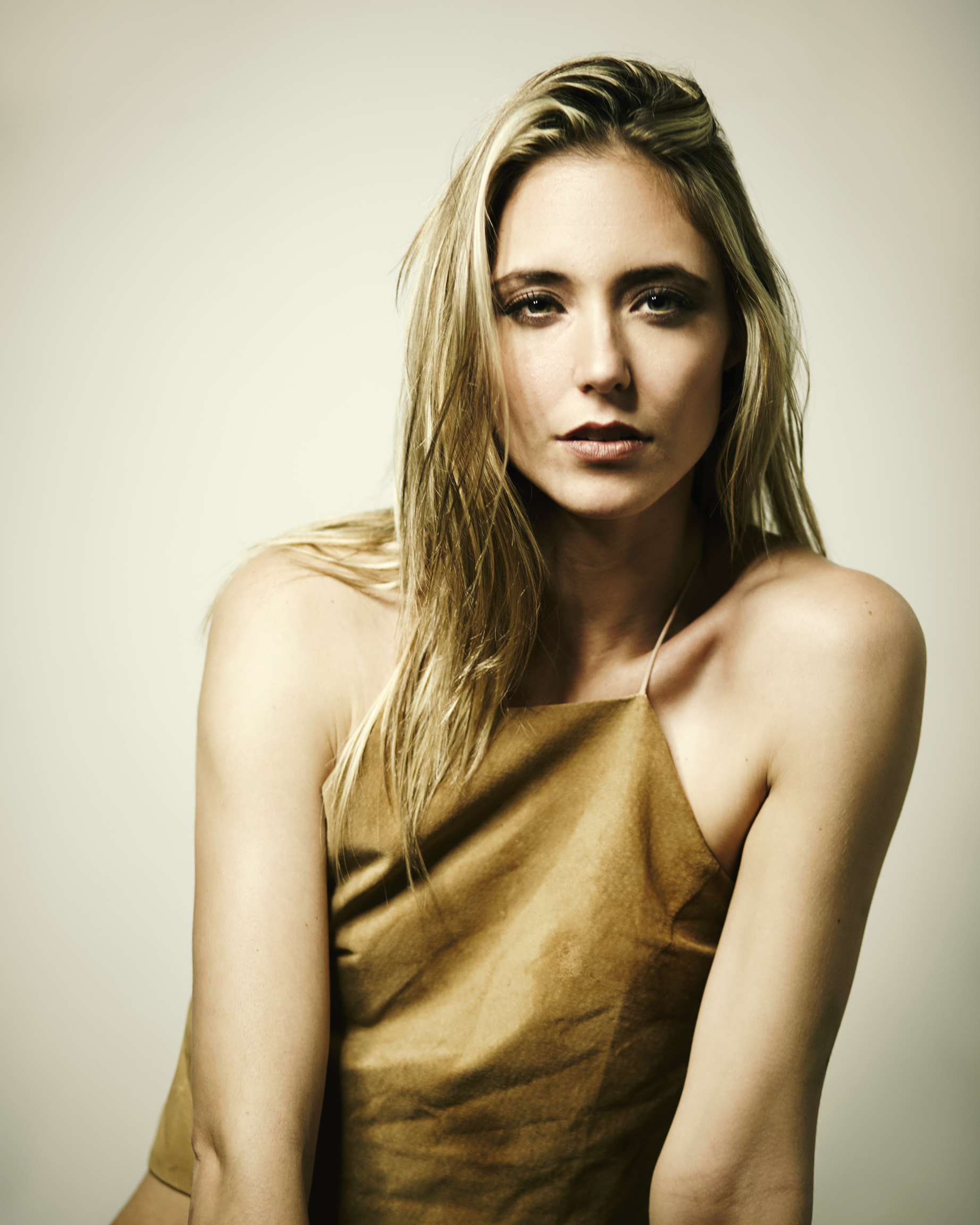
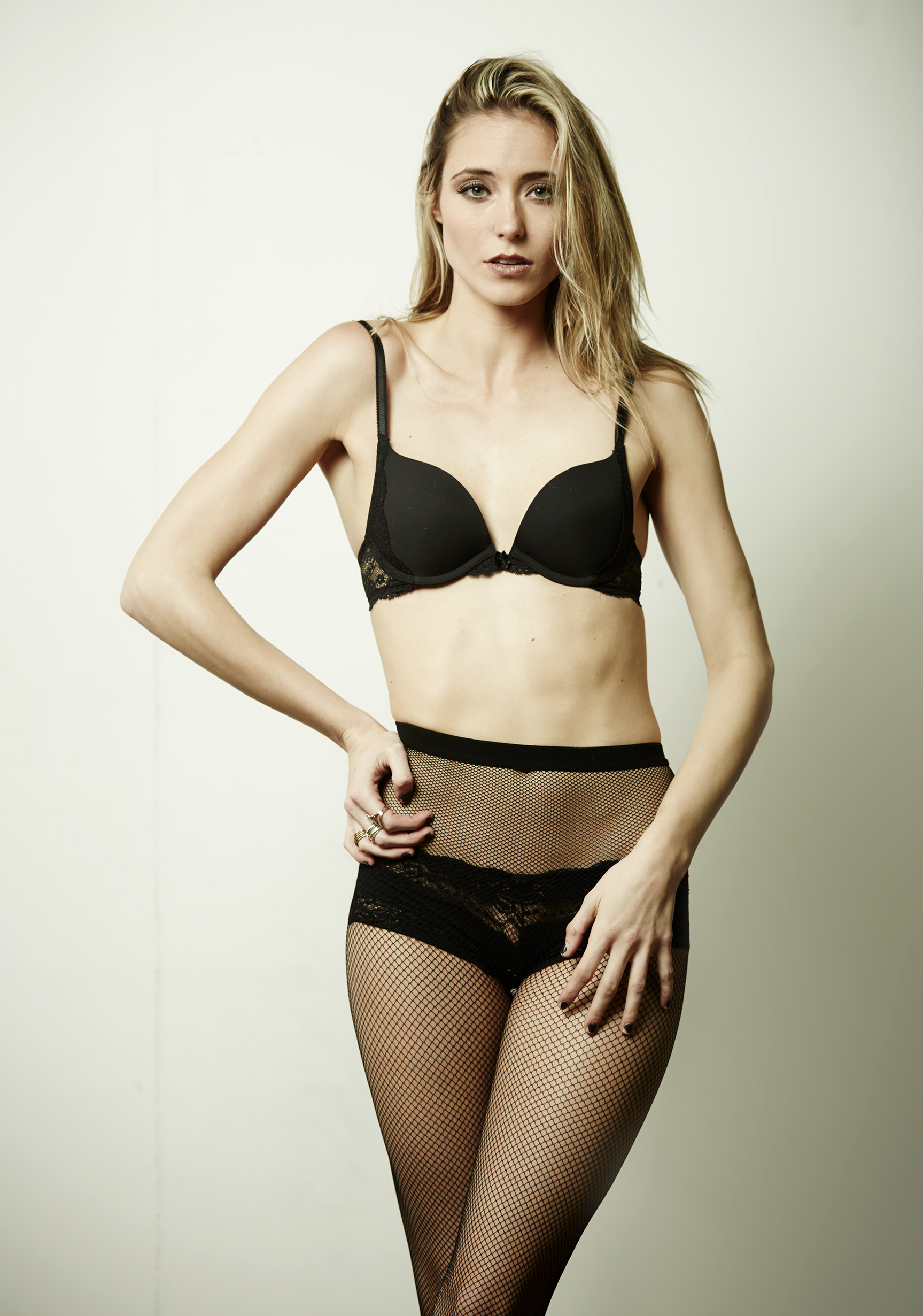
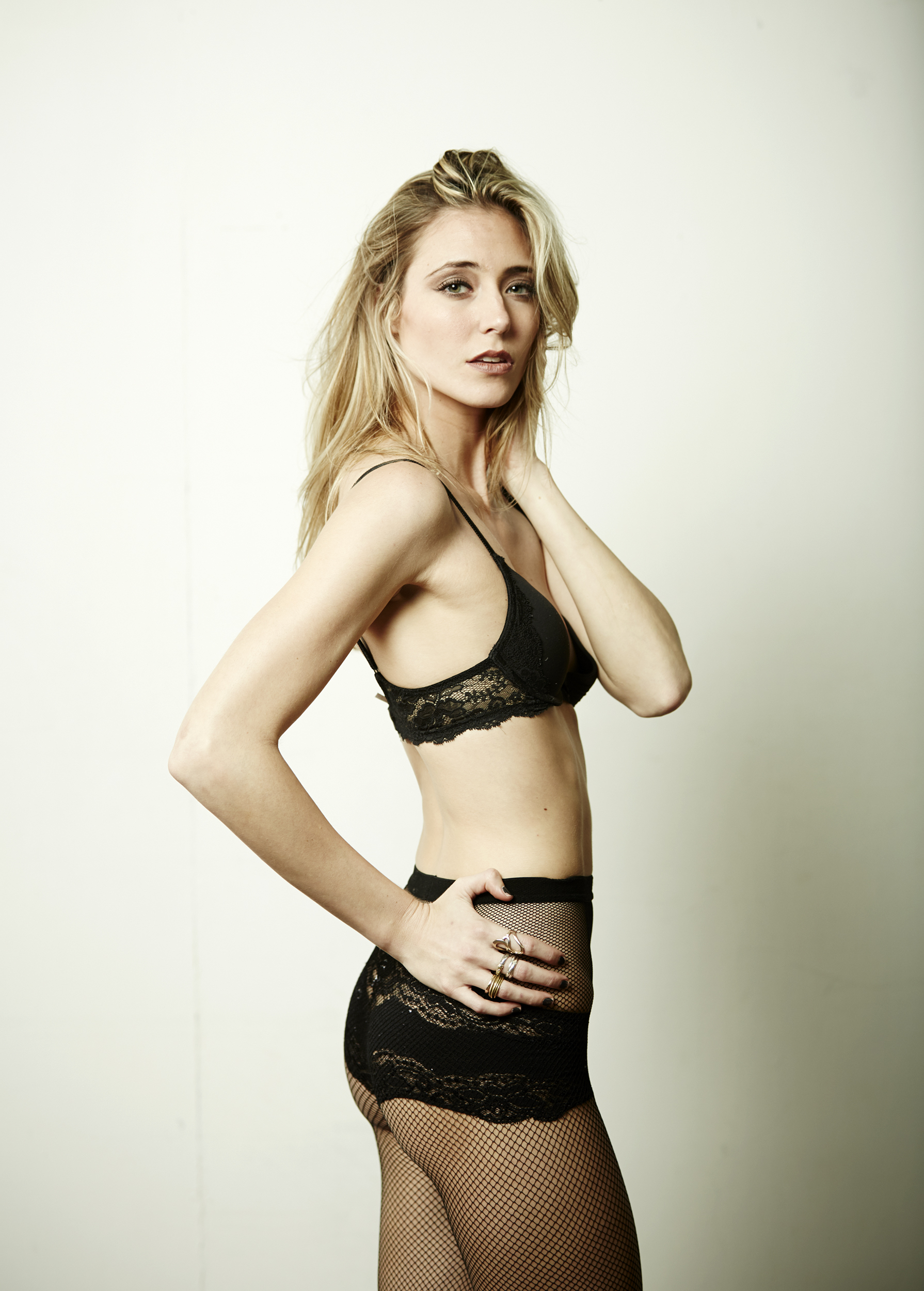

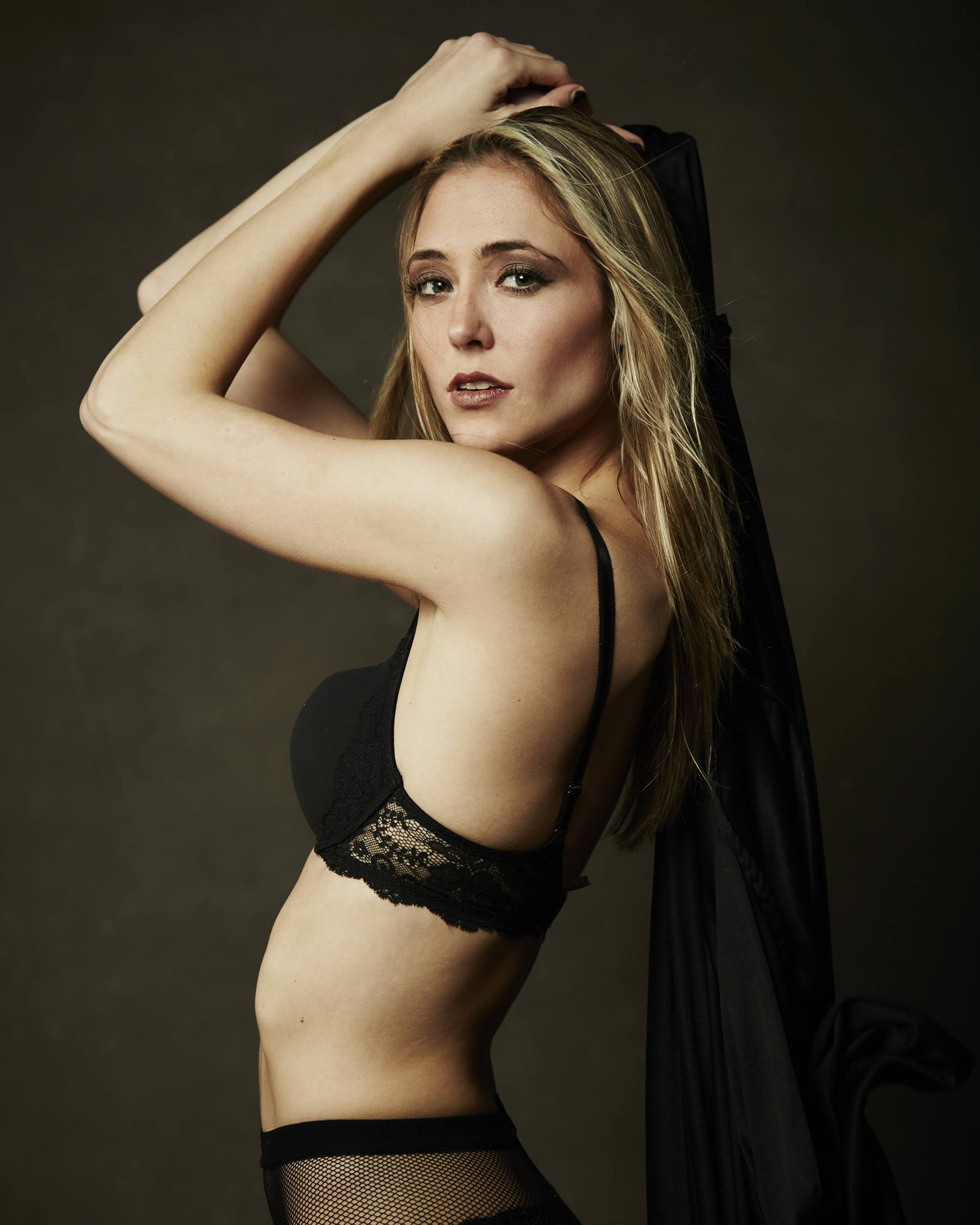
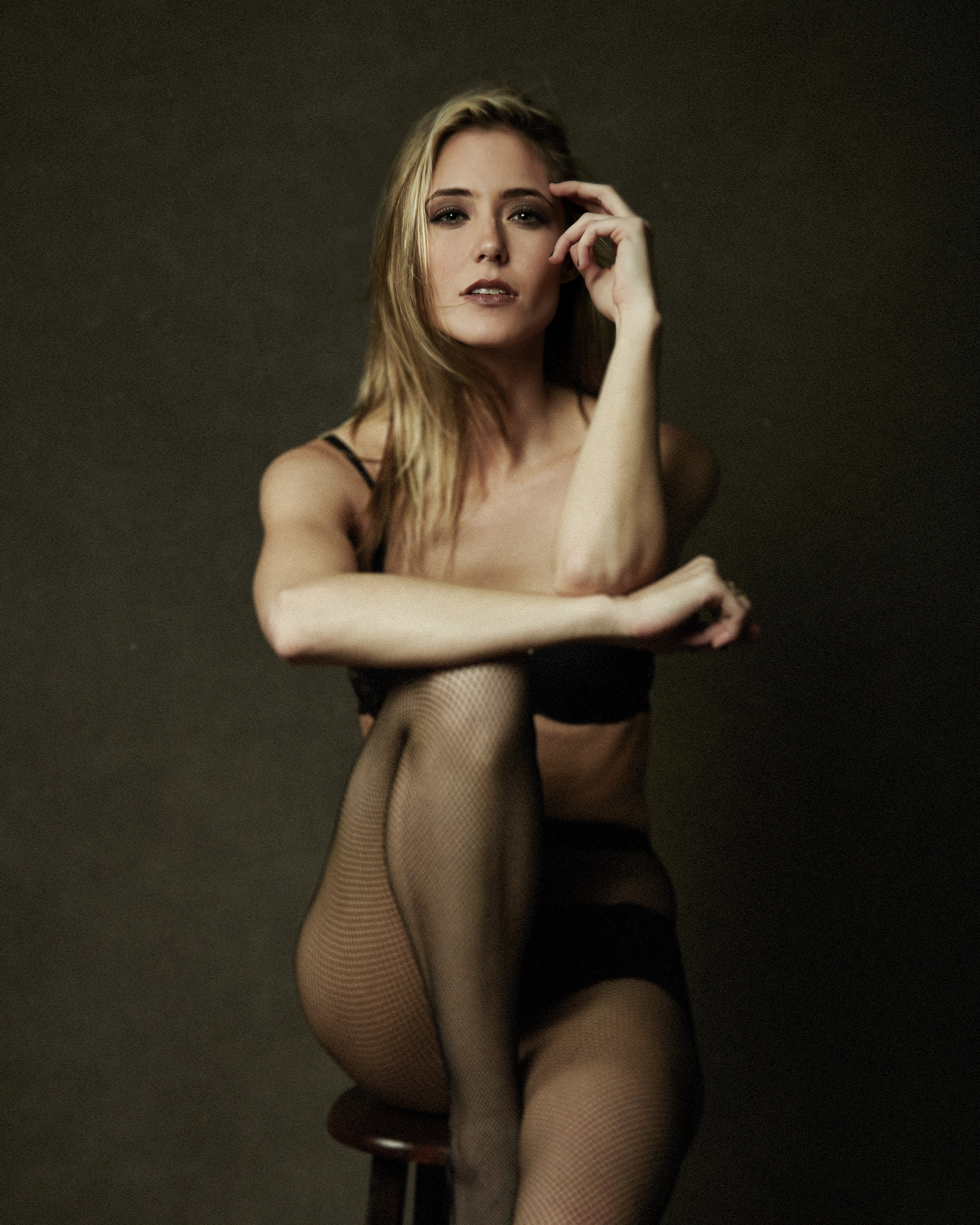
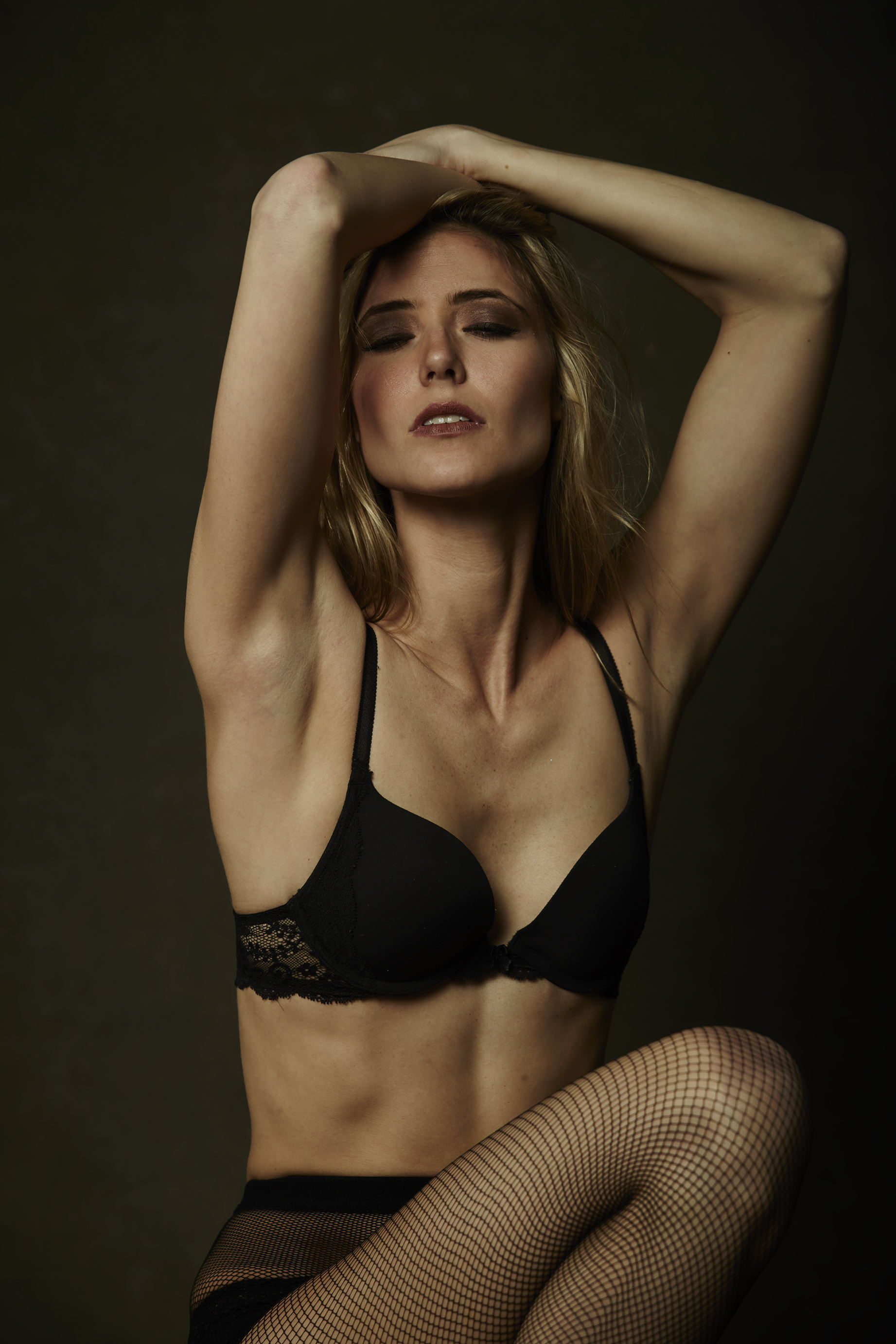
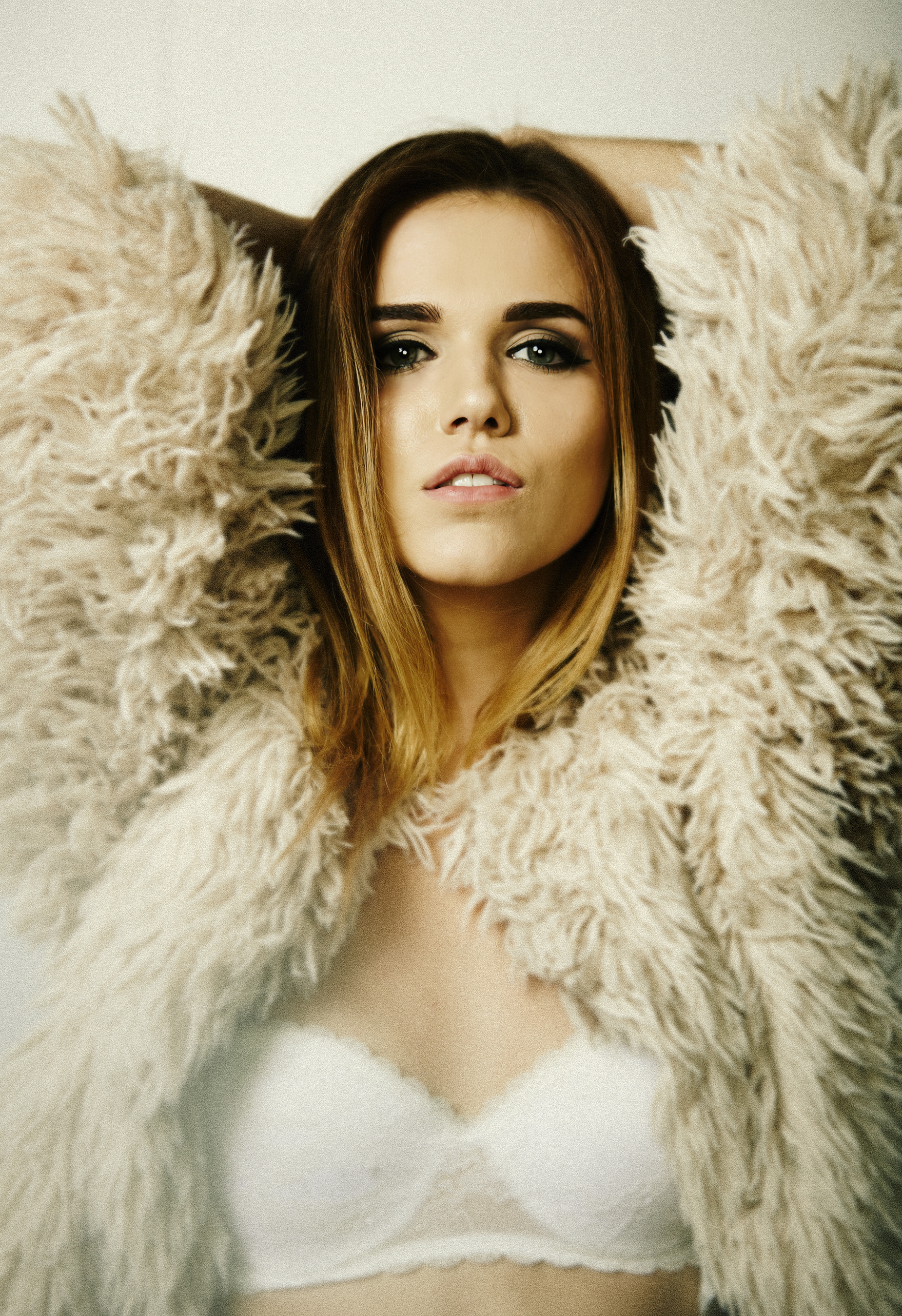
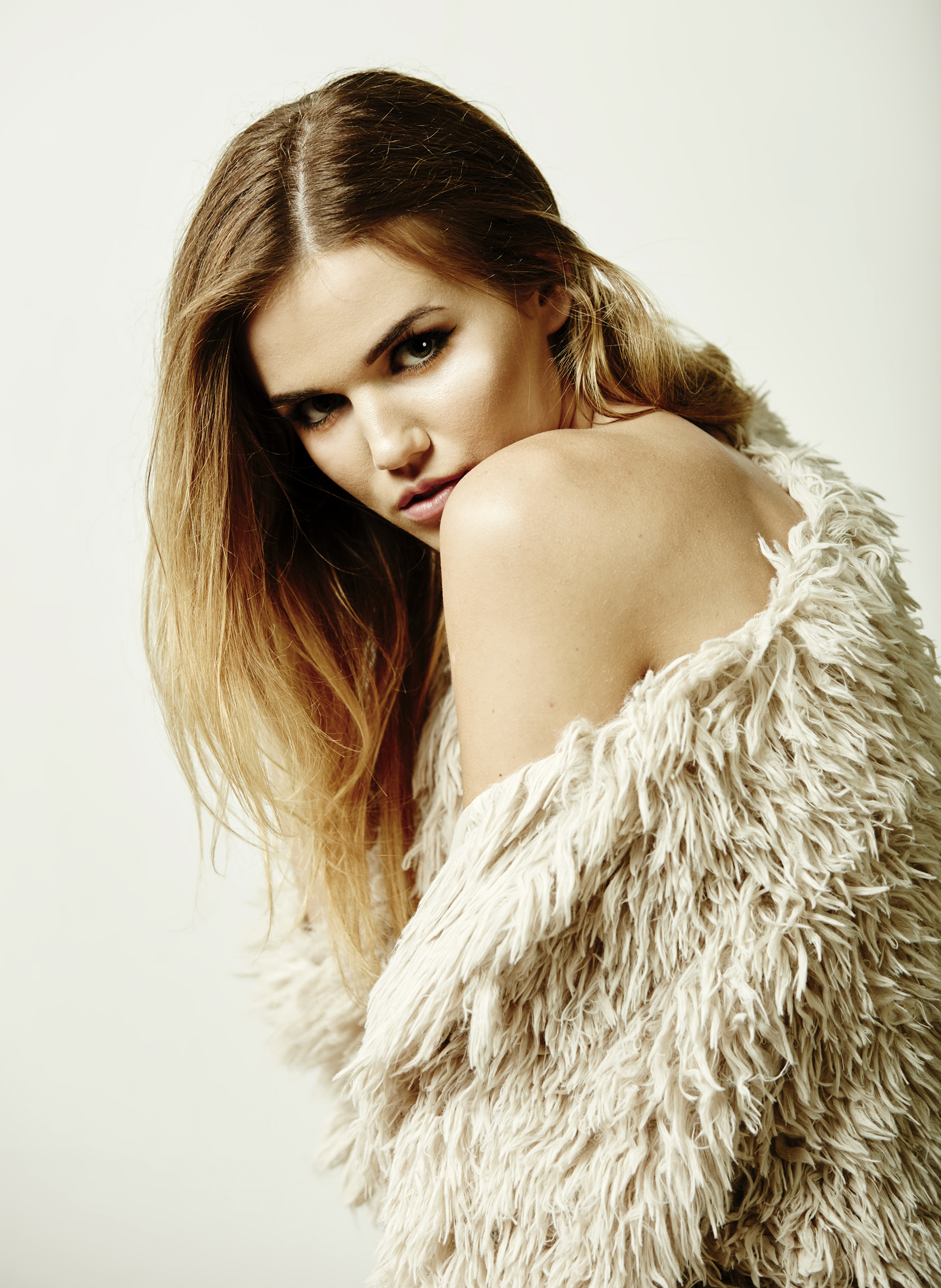
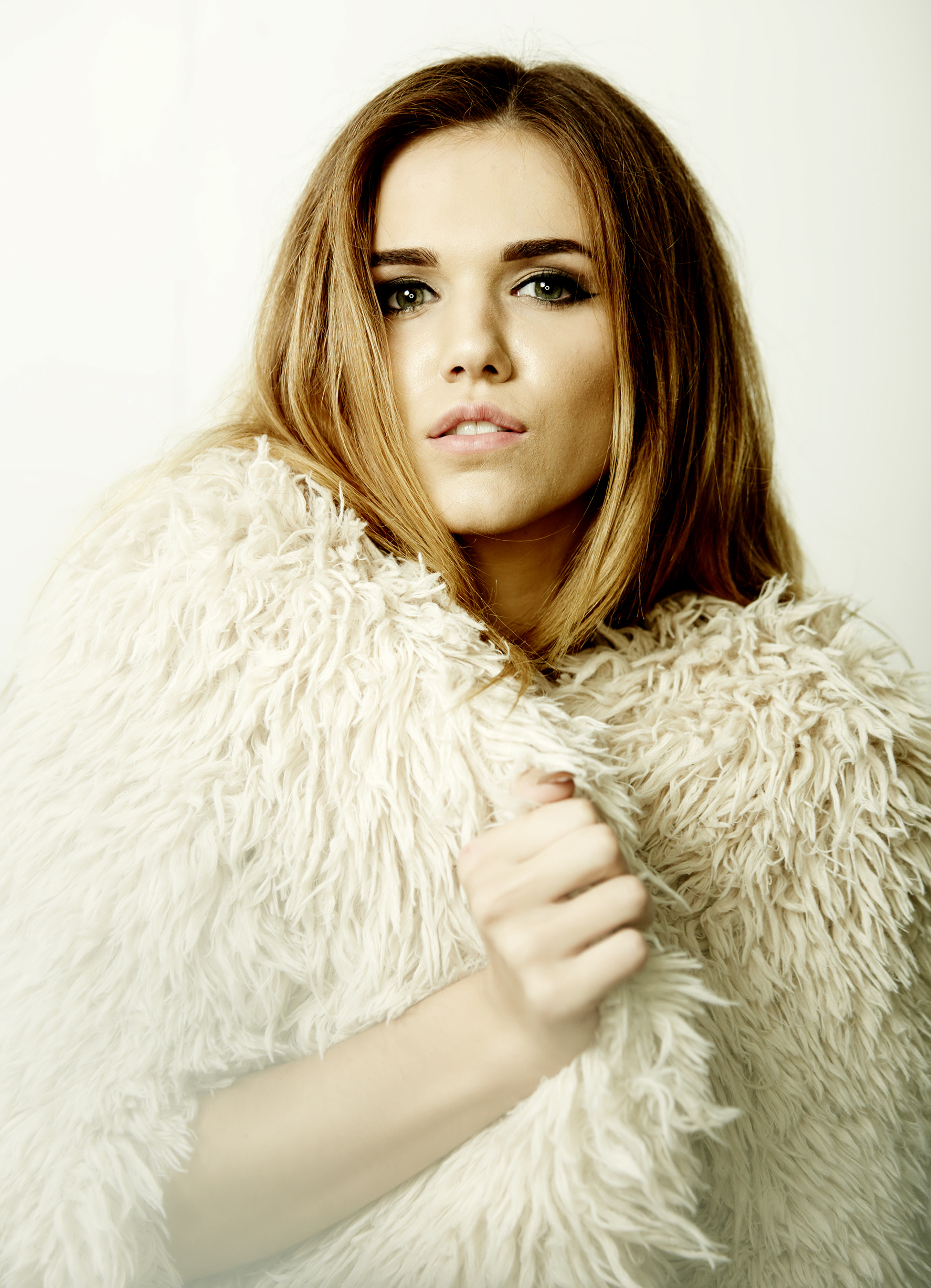
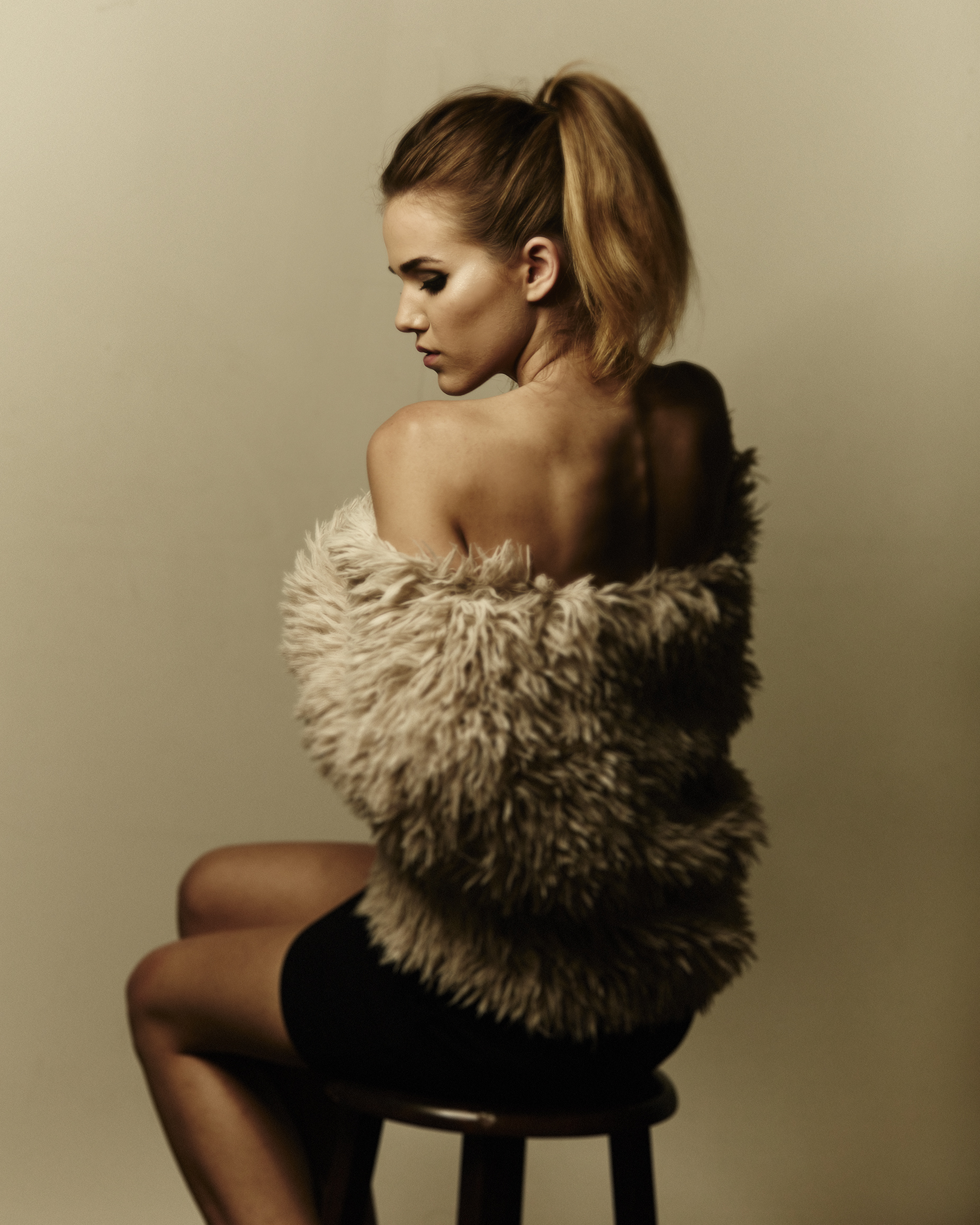
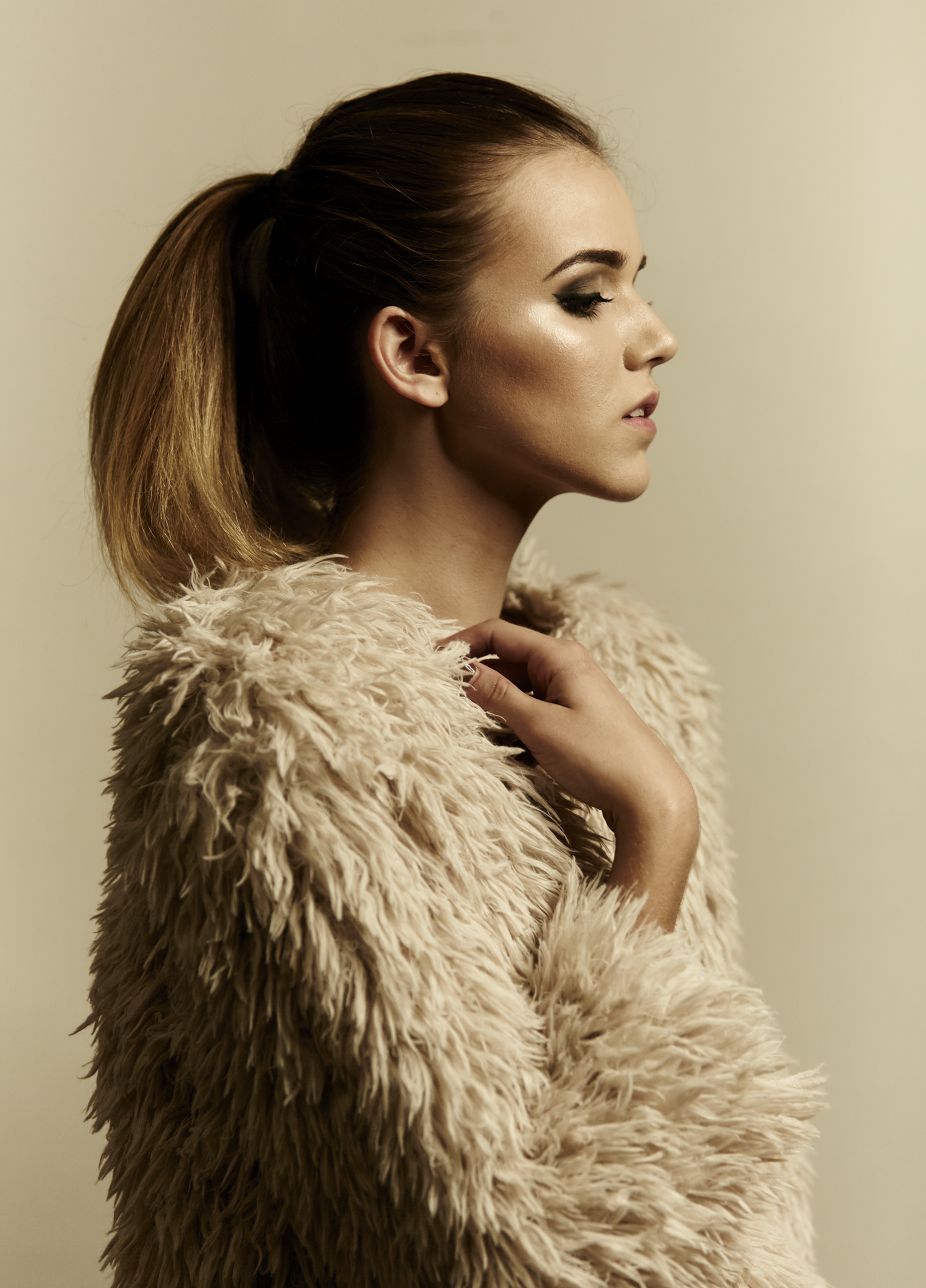
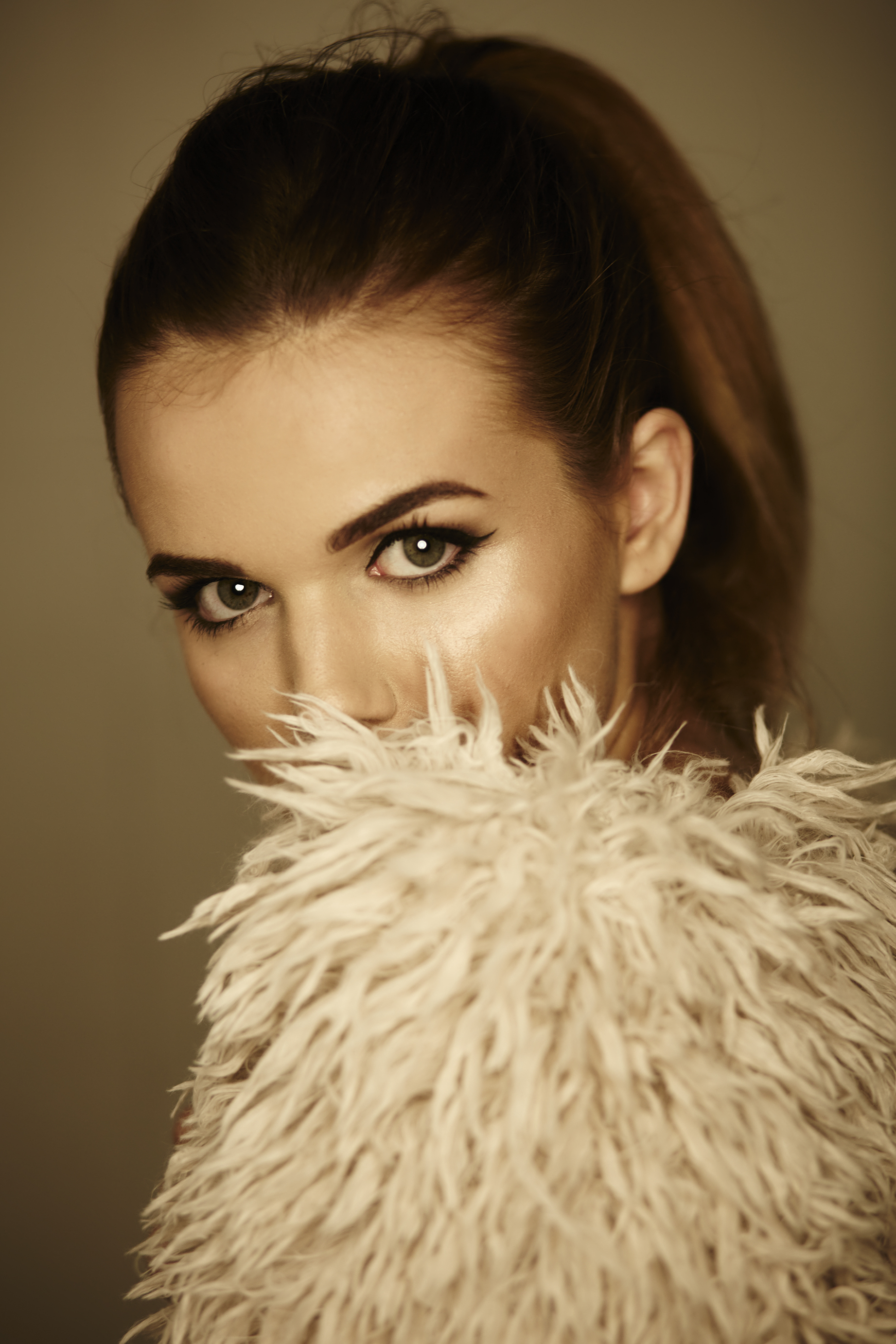
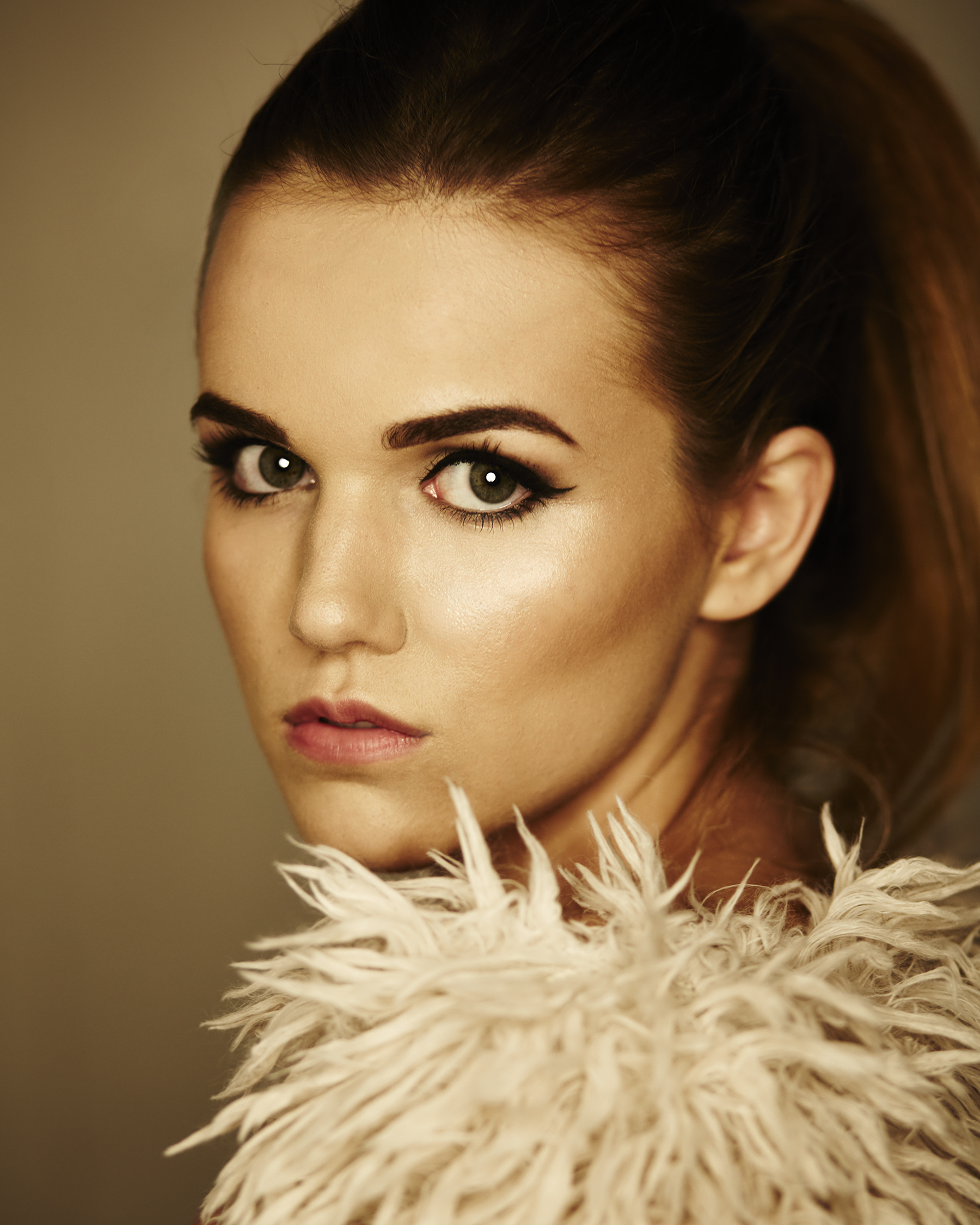
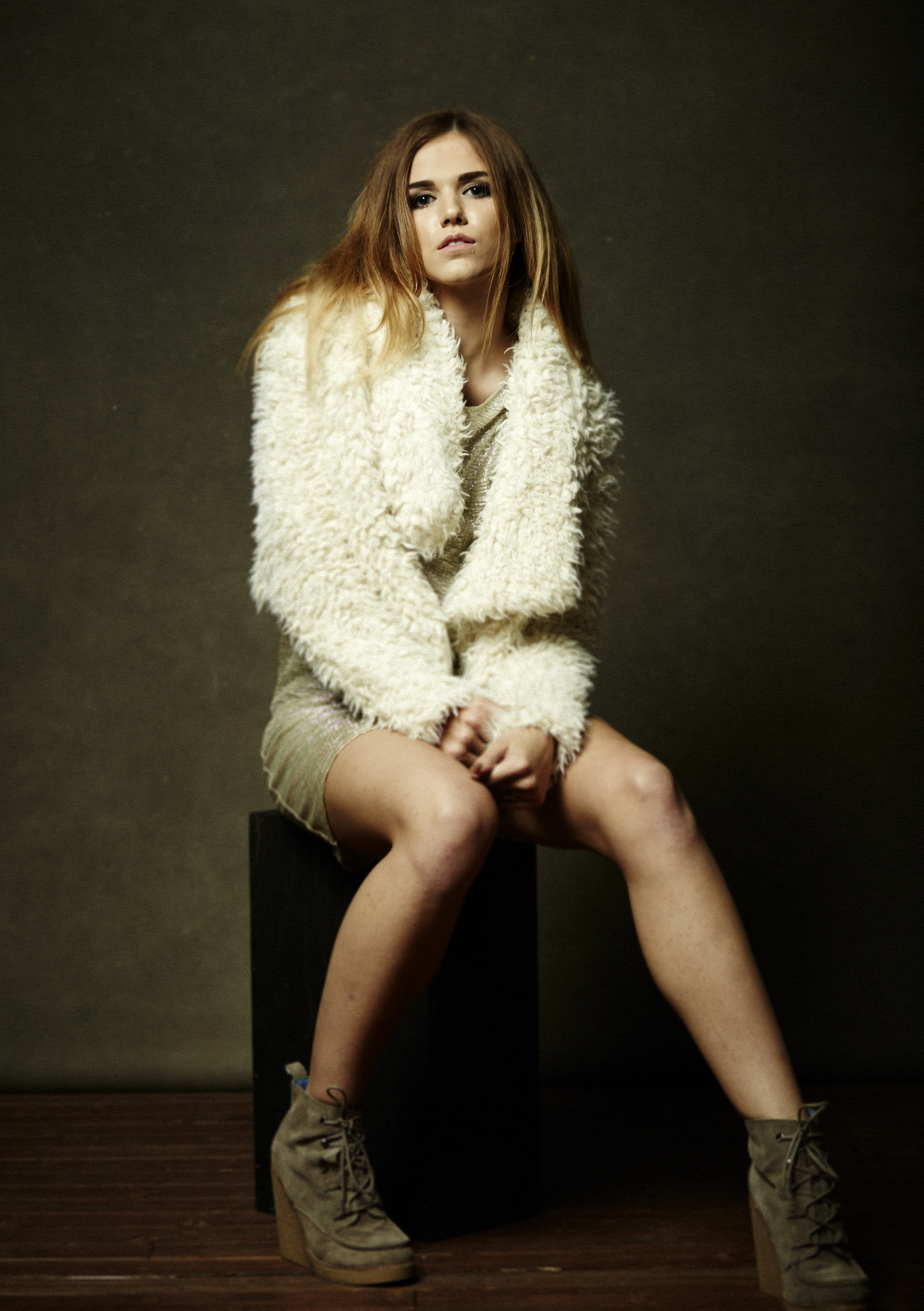
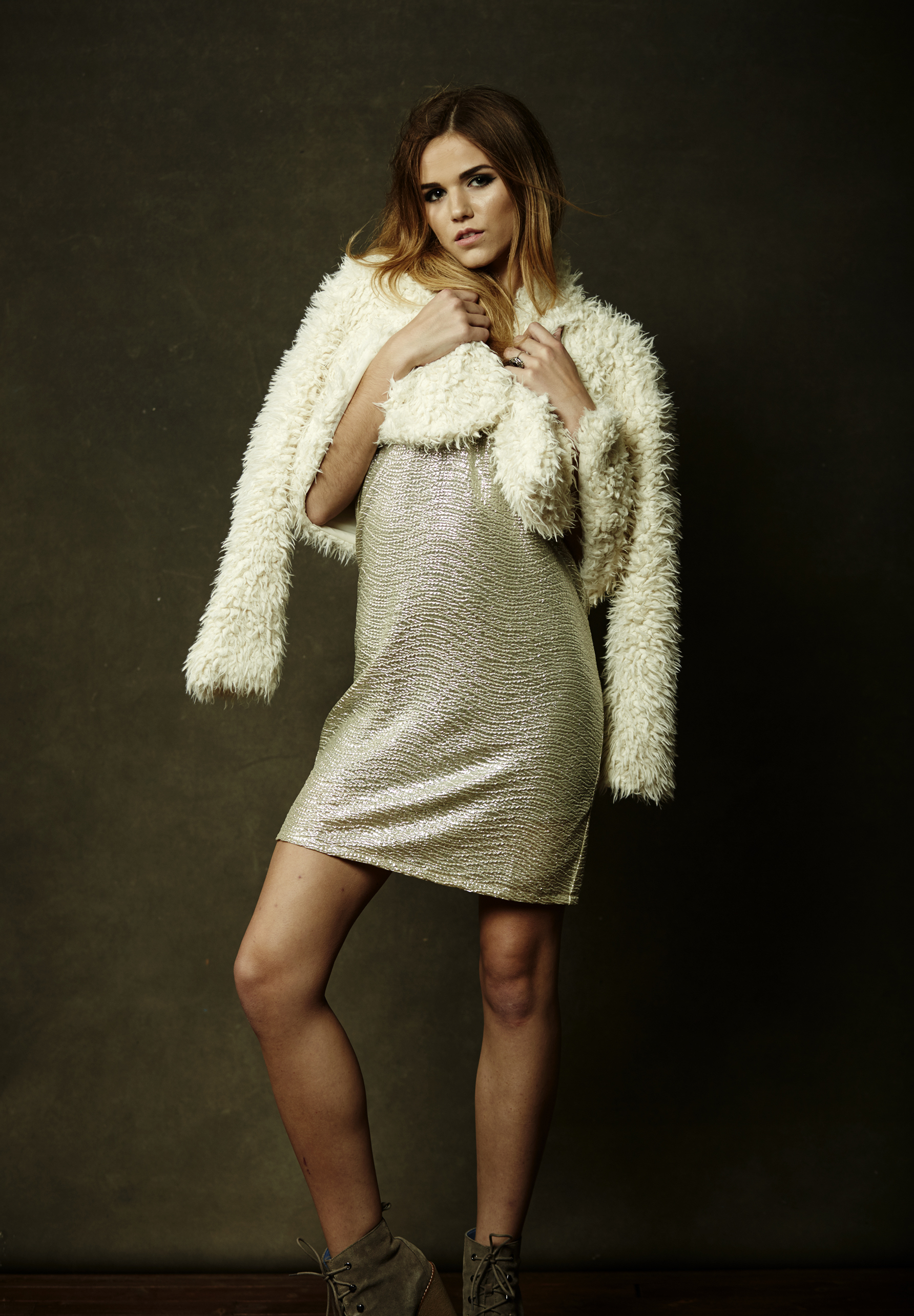
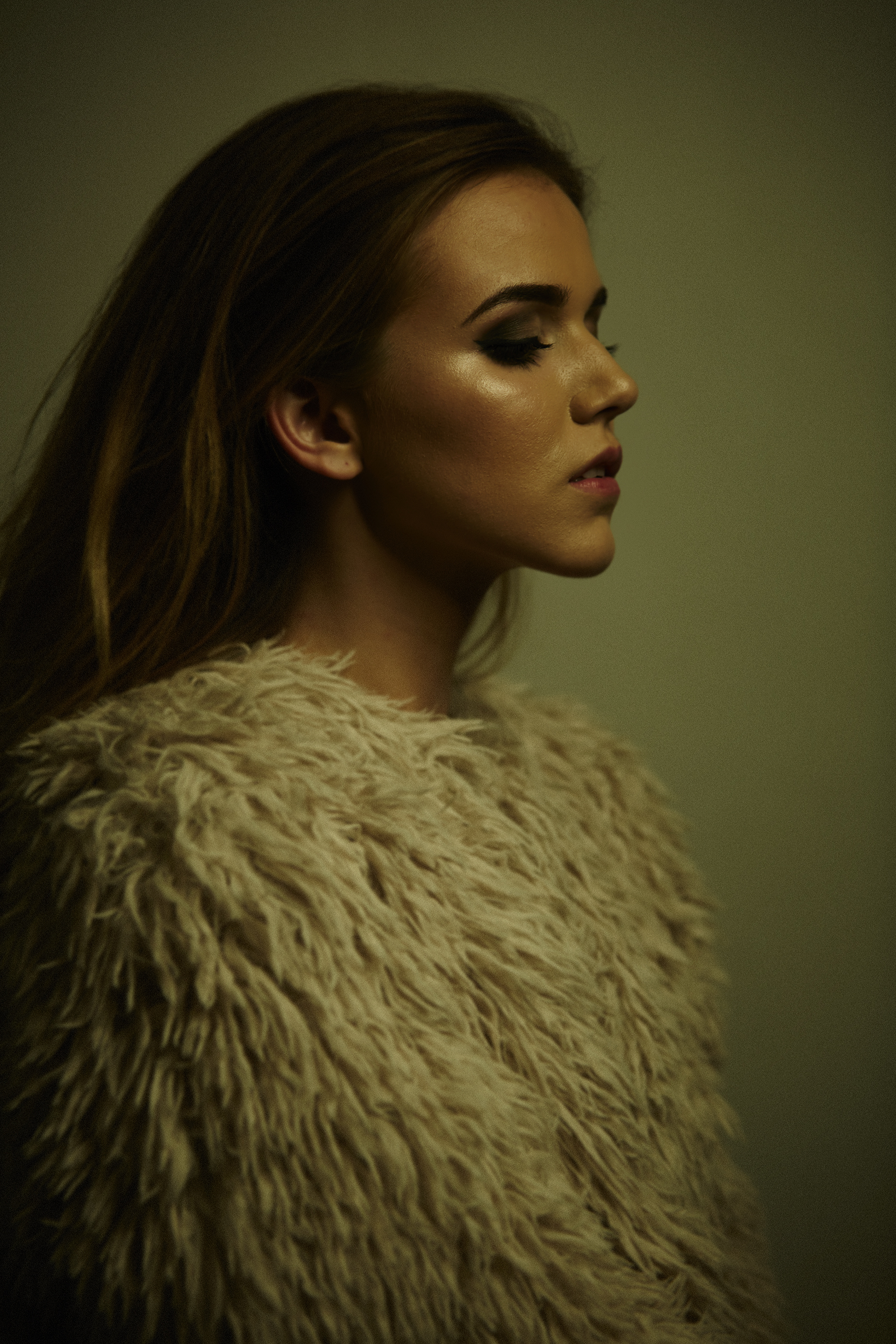
Last year I photographed this amazing little girl after Emily McGonigle and I discovered her at a wedding. The difference between our first shoot and this one is night and day. Desi is a shy kid, but she's starting to open up and you can really tell after looking at these images compared the the original set!

When I was at university, I got a lot of very demeaning comments about my choice of career. To some of my friends, all I did was "doodle." To them, my career path was just scribbling and making pretty things that offered nothing to society. I have pretty thick skin, but this hurt. I hated hearing that what I loved to do was of no service to my community. "I wish my degree was as easy as yours", "You get graded on subjective opinion, not merit", "Good luck finding a job when you graduate." Ouch. The question I got asked most frequently, that will always stick with me though is this one:
"Why do you want to be poor the rest of your life?"
In my head I thought, "what do you mean... poor?” It never occurred to me that I could ever be poor, because I’ve never attributed my own success to how much money I make. This is where the whole of society gets things mixed up. We are so focused on making sure our kids are good at math and science so they can go and get nice, well paying, important jobs. That is a load of crap. We rob the young artists in our society of any hope of being successful, because we tell them that money = success, and success = happiness (it doesn’t).
For all you young artists out there, and even for you veterans that need an encouraging word, here’s some thoughts.
Never let anyone else tell you who you are, or how much you’re worth. Your work has worth, because it’s yours. Not because someone else says so. Work because you love to work, not because you love the payoff.
Success takes time. I read a comment online the other day from a photographer who just moved to my city. She was concerned because she’s been living here for a year and her business hasn’t quite taken off yet. I can’t say this enough: These things take time. Your individual story is going to play out much differently than the rest of ours. Some people blow up overnight. Meanwhile, some of the greats die before they get noticed. So be patient and find satisfaction in the process.
Money can’t buy happiness, but it CAN buy you tacos. Listen, money isn’t everything, but it’s nice to have. You should take care of yourself, and make sure you’re able to provide for you and your family. But don’t stress over being rich. You’ll find wealth in your work, and in creating.
Love yourself and your work. This is probably the hardest thing for us to do. We’re kind of naturally dispositioned to hate ourselves and hate what we create. It’s a weird struggle to take compliments and actually like the things we make for more than 45 minutes. But you have to. After all, it’s yours.
Hate yourself and hate your work. Ok ok, hear me out now. While you should love your work, you should all at once hate it just enough to want to get better. You have to be objective about yourself. You’ll never be perfect, but you should always be trying to reach that goal. When you receive positive critique, ask for negative criticism. No one ever grew from hearing good things about themselves all day.
Pay it forward. Being a creative sucks sometimes. It can be a cycle of self-defeat and self-doubt. Knowing this about yourself, understand that the rest of us are struggling just as much as you are. So be an encouragement to your fellow artists. Be a vessel for collaboration, not solidarity.
Earlier this year I wrote an article entitled “How to not be a creepy photographer.” The piece details an issue I’ve witnessed in the young photography world; artists are commonly making their models uncomfortable with their inappropriate behavior on set, and less commonly but more egregiously, they are sexually taking advantage of their models and talent. I wrote the article as satire originally, but the more I wrote the more I realized that what I was putting down on paper needed to be seen. The piece still reeks of satire and poor attempts at humor, but the points I tried to make are still cutting. The article hit my blog on a Monday in April, and in one week had reached 100,000 people. I didn’t expect that last part. I wouldn’t consider myself as being particularly popular or well known in the photography world. I mean, I don’t even have 2,000 followers on Instagram for goodness sake. But none-the-less, the article spread, and was hosted by several other blogs and websites. My inbox was overflowing for the next couple weeks. Models, photographers, activists and other interested parties emailed me, commented and messaged me with their thoughts. Most of the feedback I received was good. Some of the feedback I got was… Not so good. (But we’ll get to that later).
The first thing I want to talk about today is the positive feedback my article received, particularly the feedback directed at me. I got many comments and emails praising my integrity, some making me out to be some kind of champion for women’s rights in the photography world. This made me cringe a little bit. Not because I’m bashful, or because I can’t accept praise, but because it’s not true.
I have about as much integrity as a drug dealer who thinks he’s clean because he doesn’t smoke his own product. I’m just as culpable as the men I discuss in my original article. I’ve done my fair share of oggling, and I’ve made plenty of inappropriate comments to some of my talent. Do I coerce girls to do things they aren't comfortable with? Well, no, but just because I’m not the worst of us, doesn’t make me the best of us either. I wanted to set this straight, because I feel it’s important to be transparent when I write about these things. When I say I’ve seen this type of behavior first hand, I am including myself in that statement. That said, my own stake in the issue does not weaken the message: Stop being a douchey creep.
While I work on my own douchey creepy issues, however minor they may be, it seems as if others in the industry found that being confronted with their own douchey creepiness was a tough pill to swallow. For every three or four positive messages I got, I received one negative one. All of them from male photographers, of course. Many guys in the boudoir/pinup/fine art industry messaged me saying that they’ve not seen the type of behavior I am talking about. And I believe them. But much like The Force, or Donald Trumps hairline, just because you cant see it doesn’t mean it doesn’t exist. After all, that’s the whole reason why I wrote the article, because I felt like the negative Nancy’s of the photography world weren’t seen, or being held responsible.
Here are some of my favorite reactions:
“I'm extremely offended that this article only mentions male photographers. Men are not the only gender than can be "creepy." Women can be just as creepy as men…This article would be much much better if it was written in a gender-neutral fashion. Especially considering that the author of this story is a man. He should know exactly how male photographers are treated and not want to write a story that could continue this ridiculous thought process.”
“Just had to comment. ....I'm a photographer. ...male....scumbag.... get over it, lol. Women are not innocent, helpless, delicate little flowers. Women are awesome…Sorry for all the little helpless females who got taken advantage of, really, it sux. But women take advantage of men too since time began...don't hate the player, hate the game.”
But the one that takes the cake for me is this one, penned by J.D (John) Horwitz:
“Your article:
Actually - if you study art history, you will clearly see that male and female models were depicted dressed, semi-nude and fully nude from the very earliest depictions...and his quote "This was because depicting a model undressing was seen as being voyeuristic, inappropriate and inherently sexual..." is not only laughable inaccurate but also childishly naive.
If you wish to caution photographers against being douchebags with models - fine. BUT please do it as an adult!
And - I've been doing this for 58 years, including a decade shooting for Pent House Magazine...and find the majority of shooters nothing like what was described in the article.
When you are mature (not older) you will understand what I have said. You didn't invent the world - rather you are a pimple on its behind. Best of luck in your career - hope it leads past your parents basement!”
I’ve been called a child, retarded, faggot, among other things for writing the article. But reactions like these only add credibility to my argument. That argument remains as relevant today as it was six months ago: Photographers, specifically men, are massive dicks to their models sometimes. Of course I don’t mean all photographers. Of course I don’t mean all men do this. Even one instance of inappropriate behavior on set is too much.
The whole reason I’m writing this follow up piece is to not only remind people about the importance of this issue, but also to affirm my own writing with the reactions of those who didn’t care for it.
I want to personally thank every last one of you who read and shared the original article. It gave me the legs I needed to start taking my writing more seriously. More than that though, it was incredibly humbling and heartbreaking to hear some of your stories and experiences.
As always, work hard and be kind.
Cheers.
It's been a busy summer. As the season winds down, I've found myself with a couple of free weeks to just be creative. Working for hire is great, and I've done a lot of fun shoots for some incredible clients the last three months, but shooting for me allows me to enjoy what I do so much more. The fall looks to be just as slammed as summer, so I'm glad I got to knock these out while I could!
I asked Braxton and Kelsey to join me in the studio for a few hours to try out some things I have been wanting to experiment with for a while. Check out the images below.
A month ago I was having drinks with a few photographers at a bar in Nashville, celebrating a birthday. We talked about a lot of things; client horror stories, the state of the industry, etc. But one topic that kept popping up was how much we love each others work, and how we wish we could see each other in action more often.
This got me thinking... Why not get a group of photographers together and just... Shoot each other? I've heard of photographers meeting up for shoots like this before, its not like its a unique idea. But I started thinking none-the-less, that we should gather together and shoot each others faces off.
This idea actually sounds kind of peculiar when you think about it. After all, we are all competitors. We bid for the same jobs, we fight for the same following. Why would we want to get together to give away our secrets, and in the end, help the competition get better? I guess that's just Nashville. Or maybe it's our generation. None of us here feel animosity or contempt for each other when we lose work to another. We genuinely want each other to grow, because we want Nashville to grow as a creative metropolis.
I set a date in the studio and sent invites to every photographer I could think of who I thought would benefit or enjoy the gathering. At first I was skeptical and nervous, I thought maybe it would turn into a bunch of awkward nerds standing around with beers, staring at each other, not sure who would take the first picture.
Holy sweet baby Moses, was I wrong. The energy was incredible. We jumped right into photographing each other, drinking, dancing and eating til we couldn't any more.
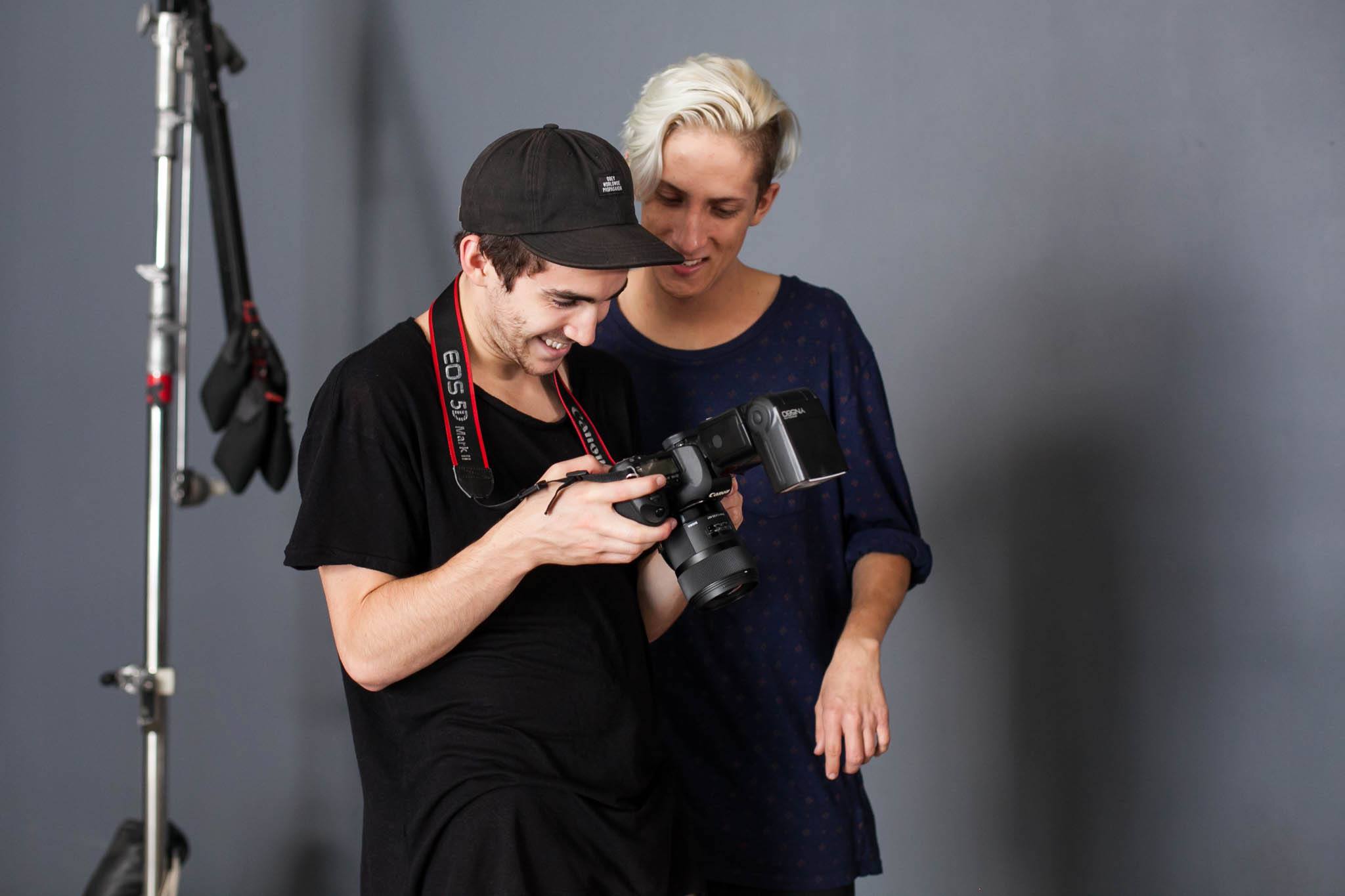
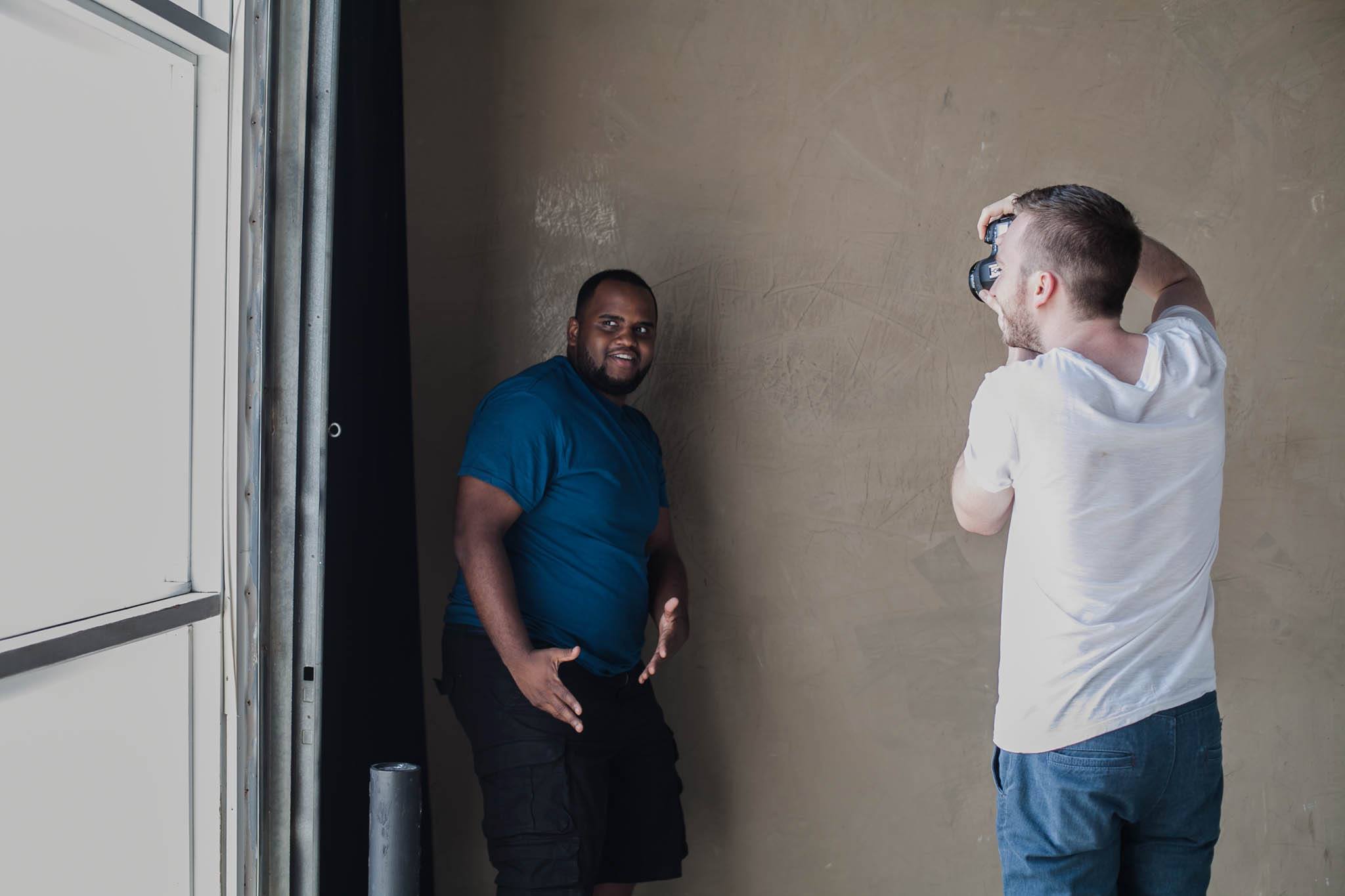
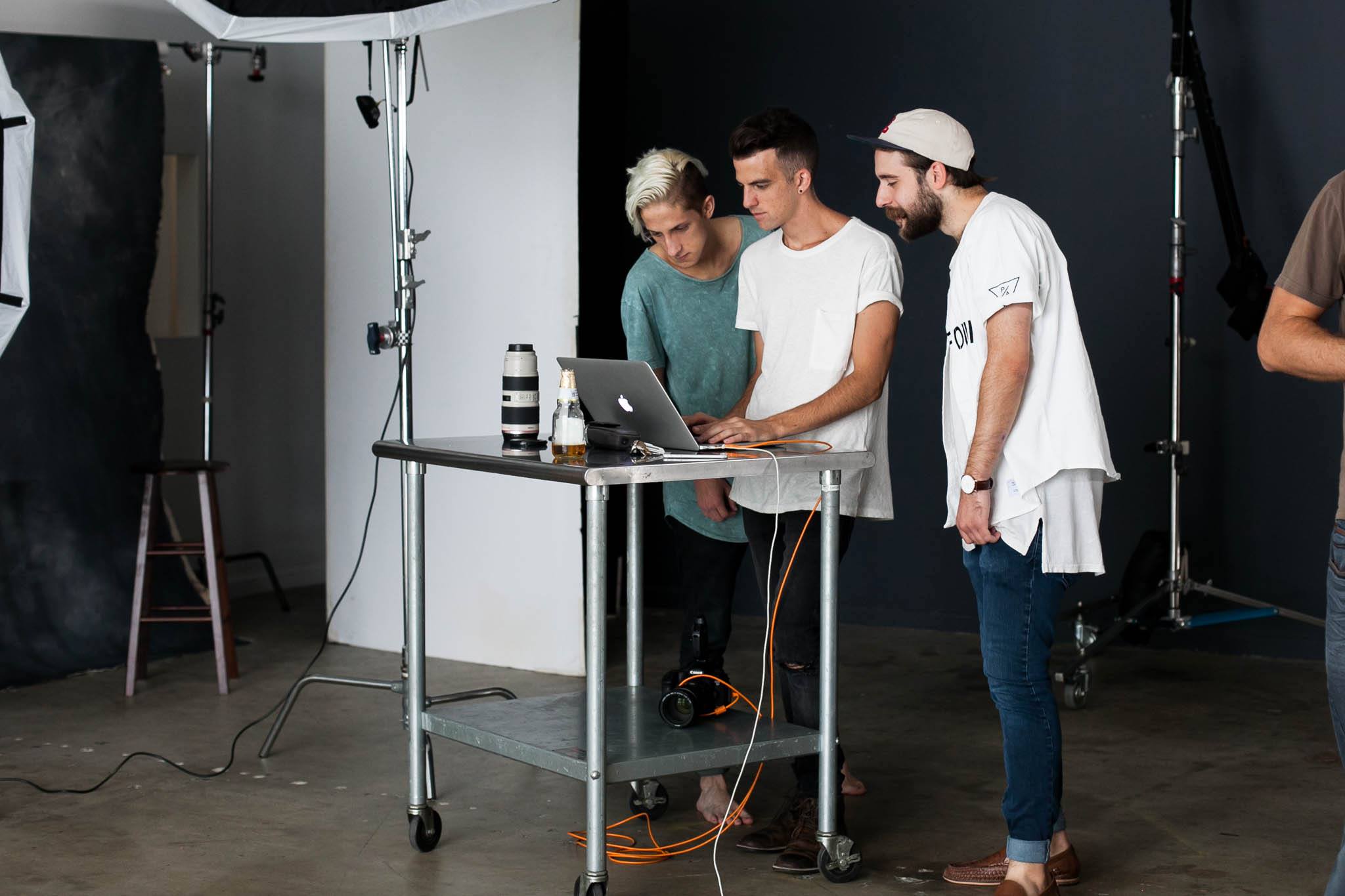
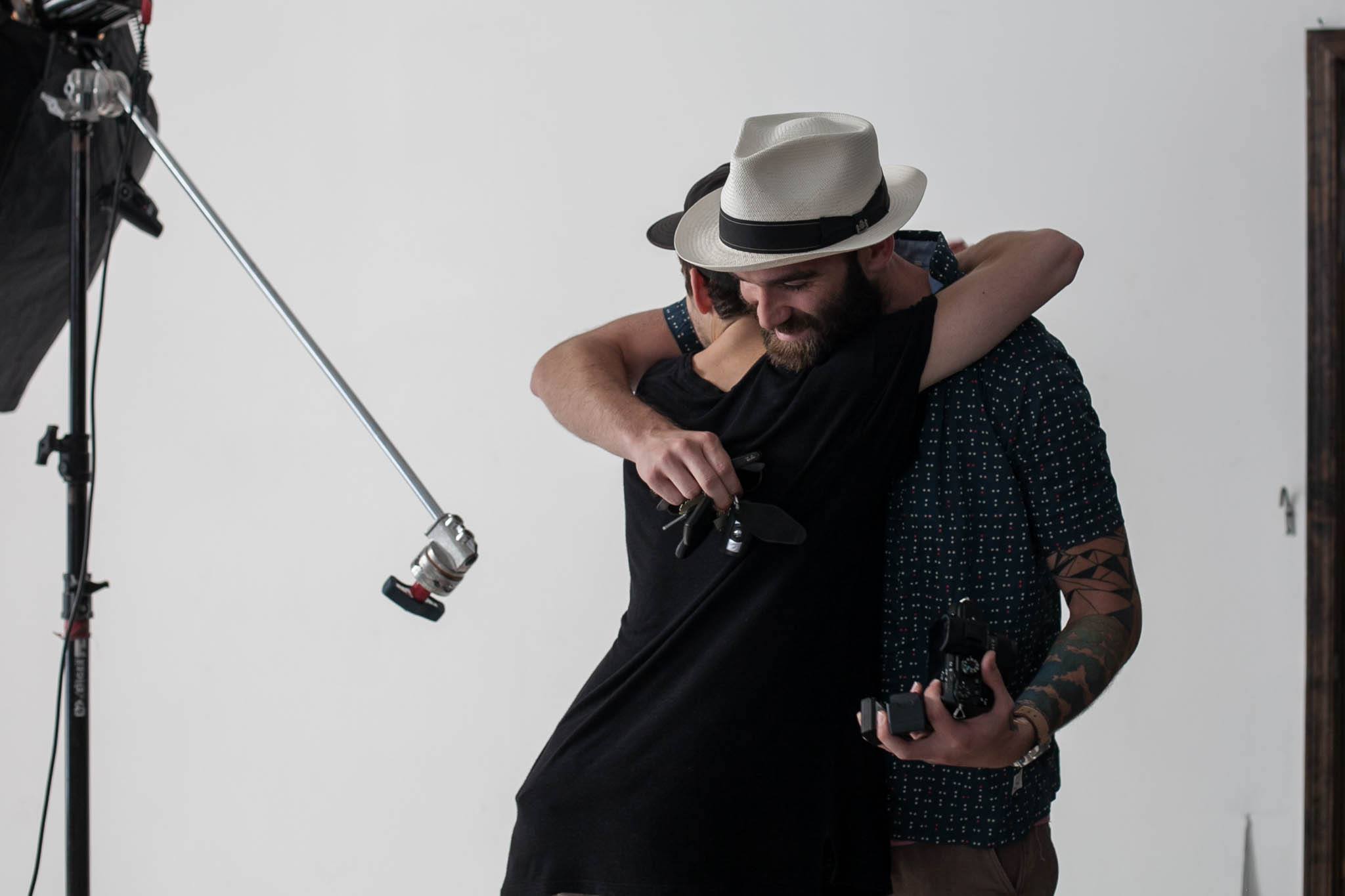

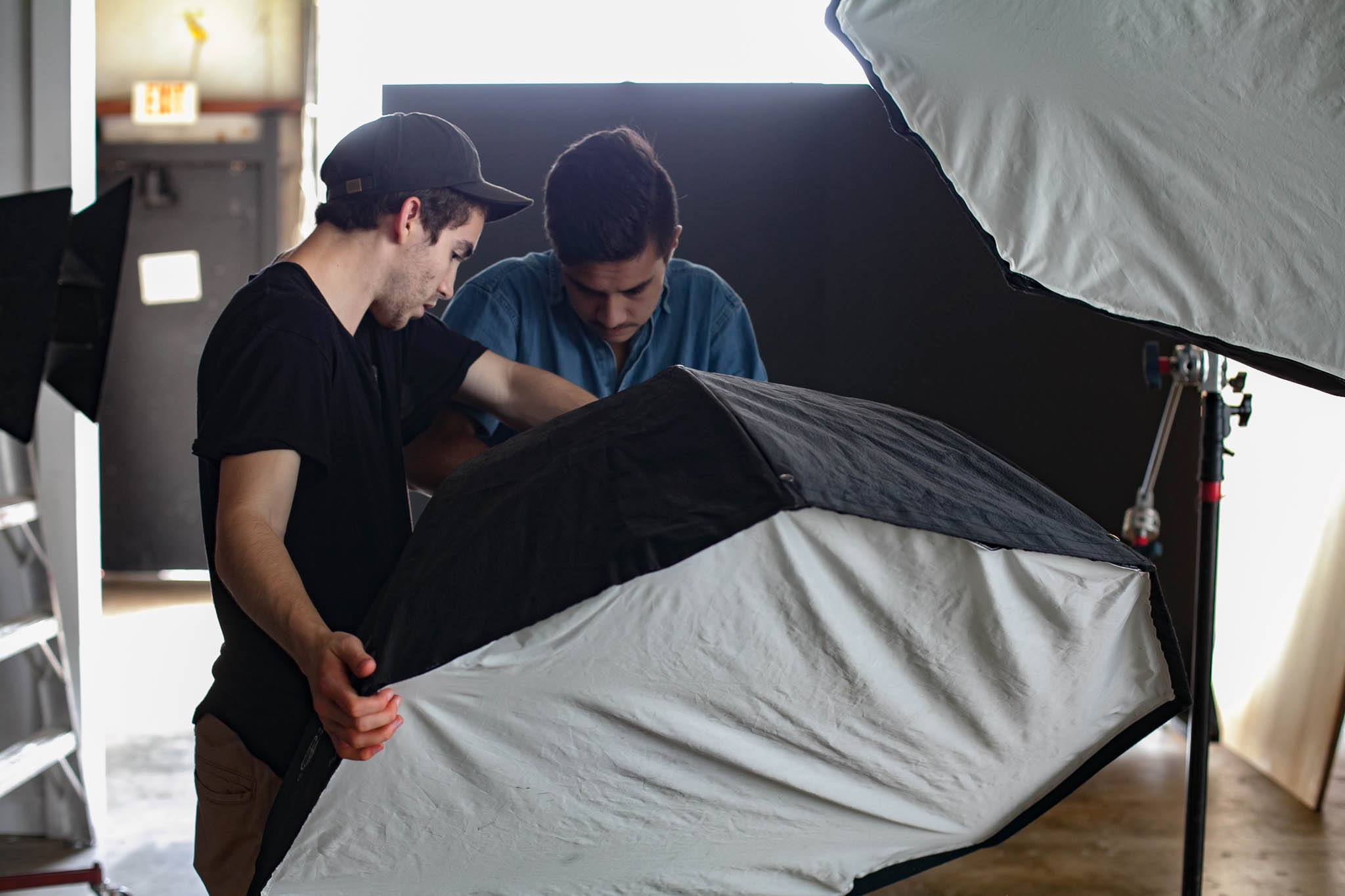
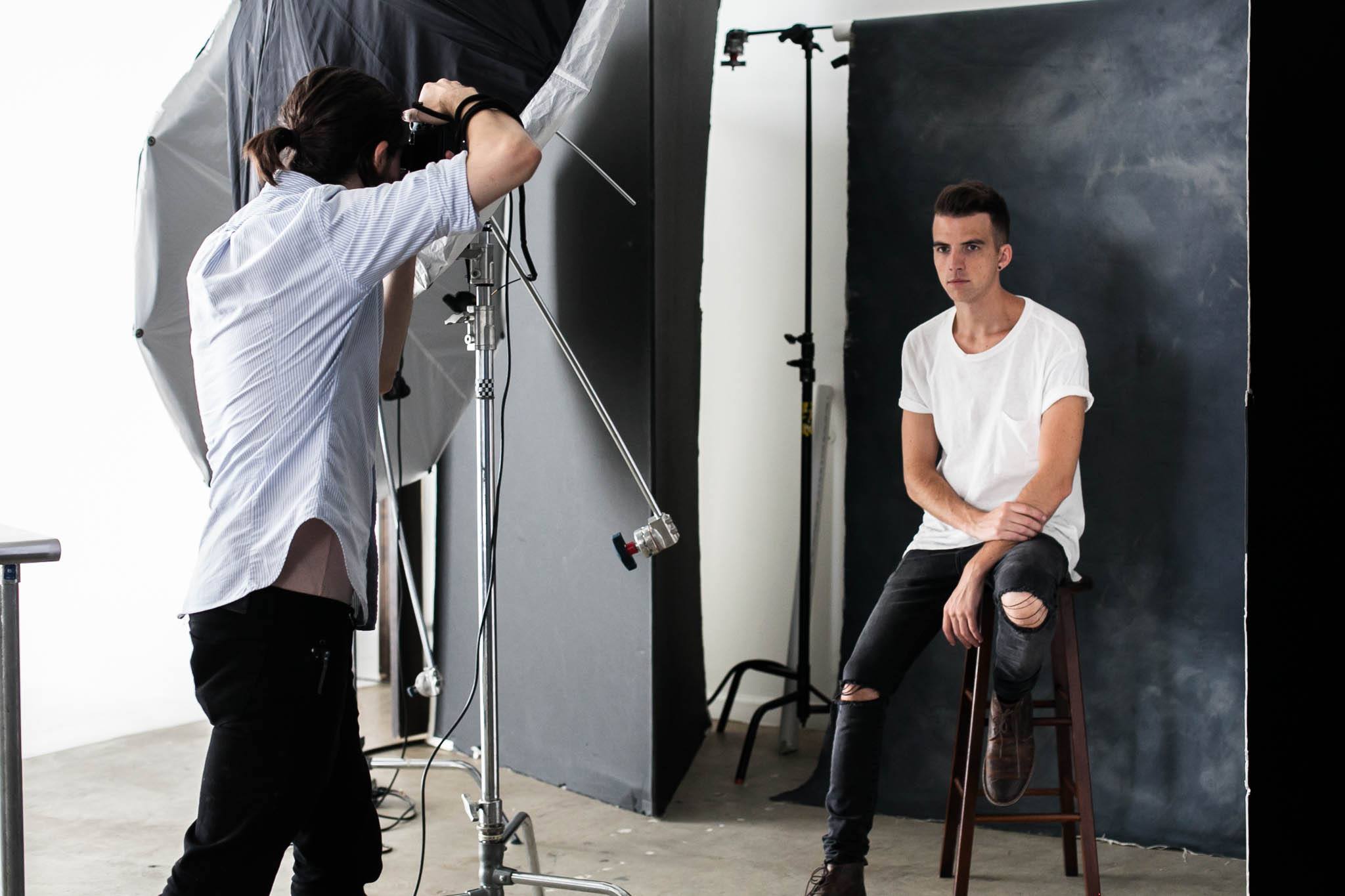
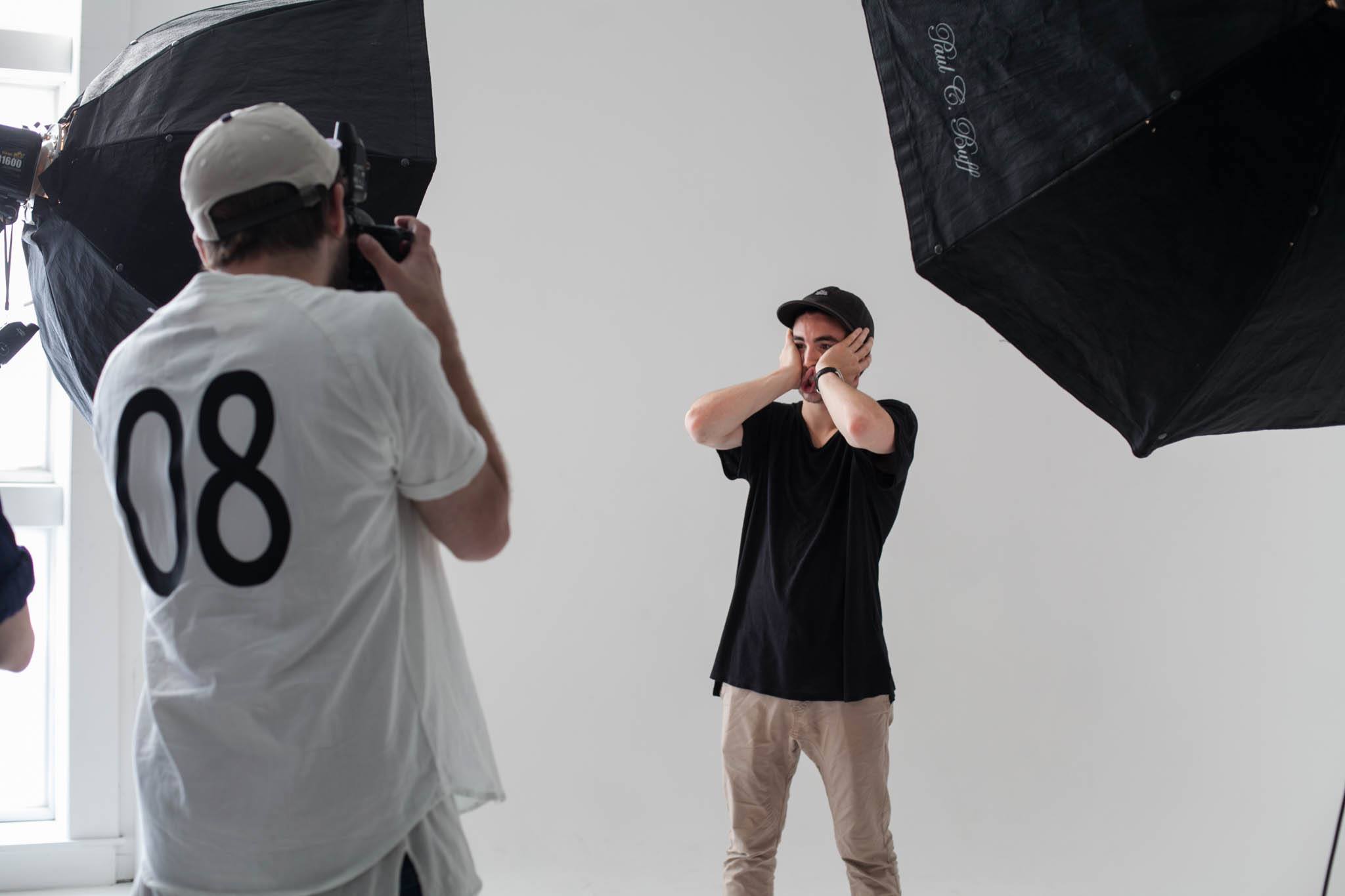
*Above photos courtesy of Emily McGonigle*
In the end, I am just so blown away by the talent my city houses. I am so thankful for these people, and the encouragement they provide myself and each other week after week.
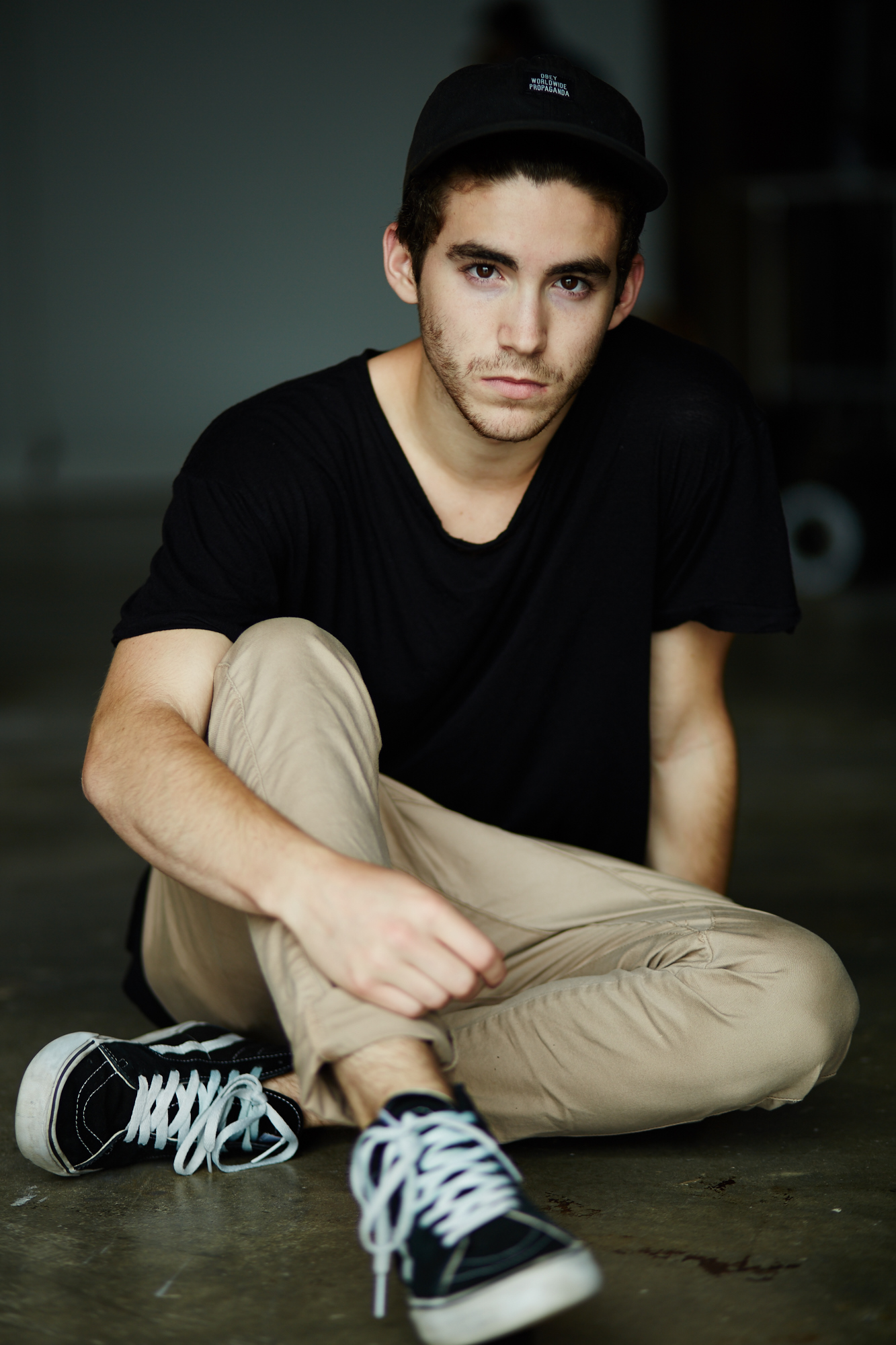
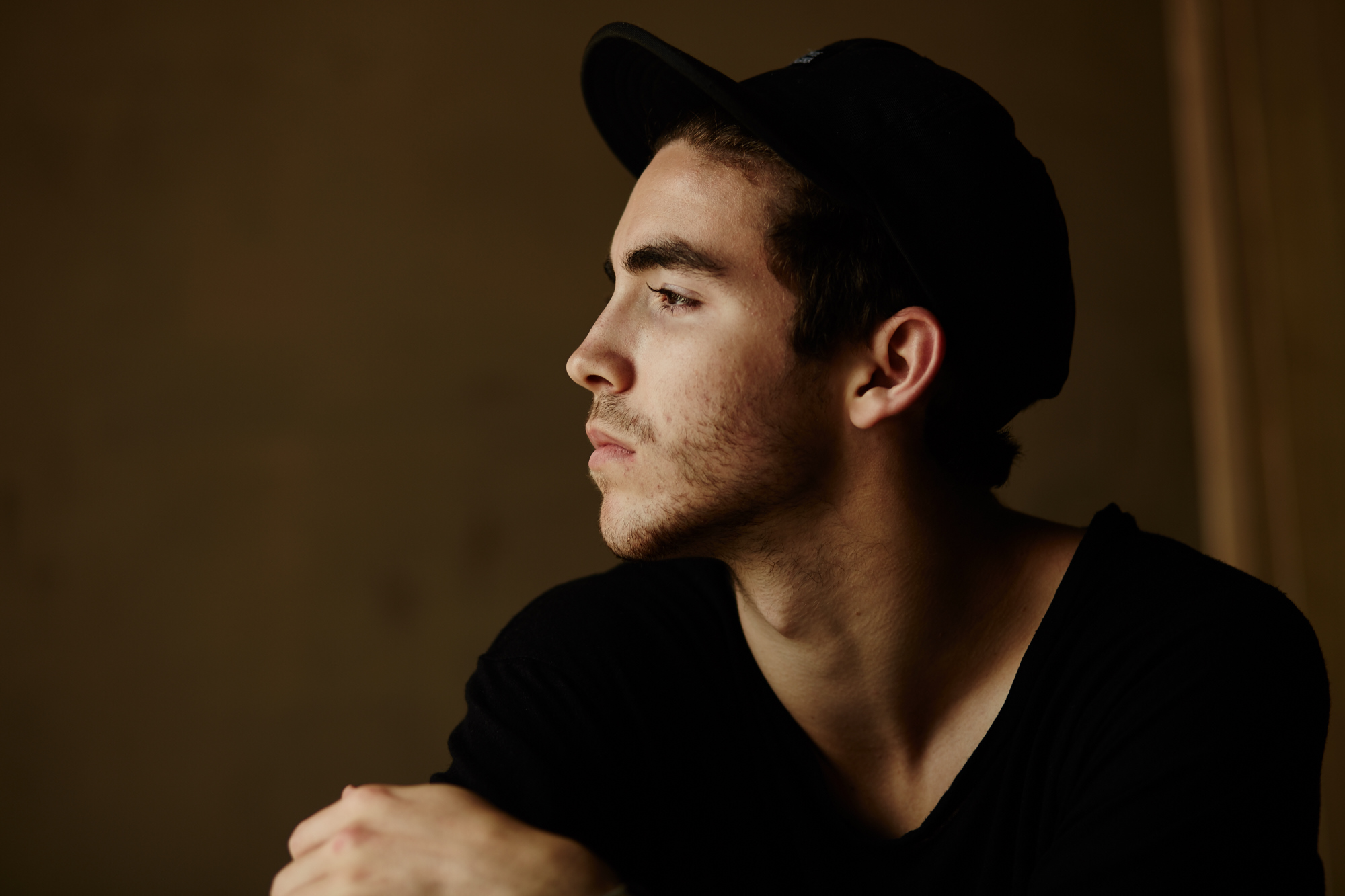
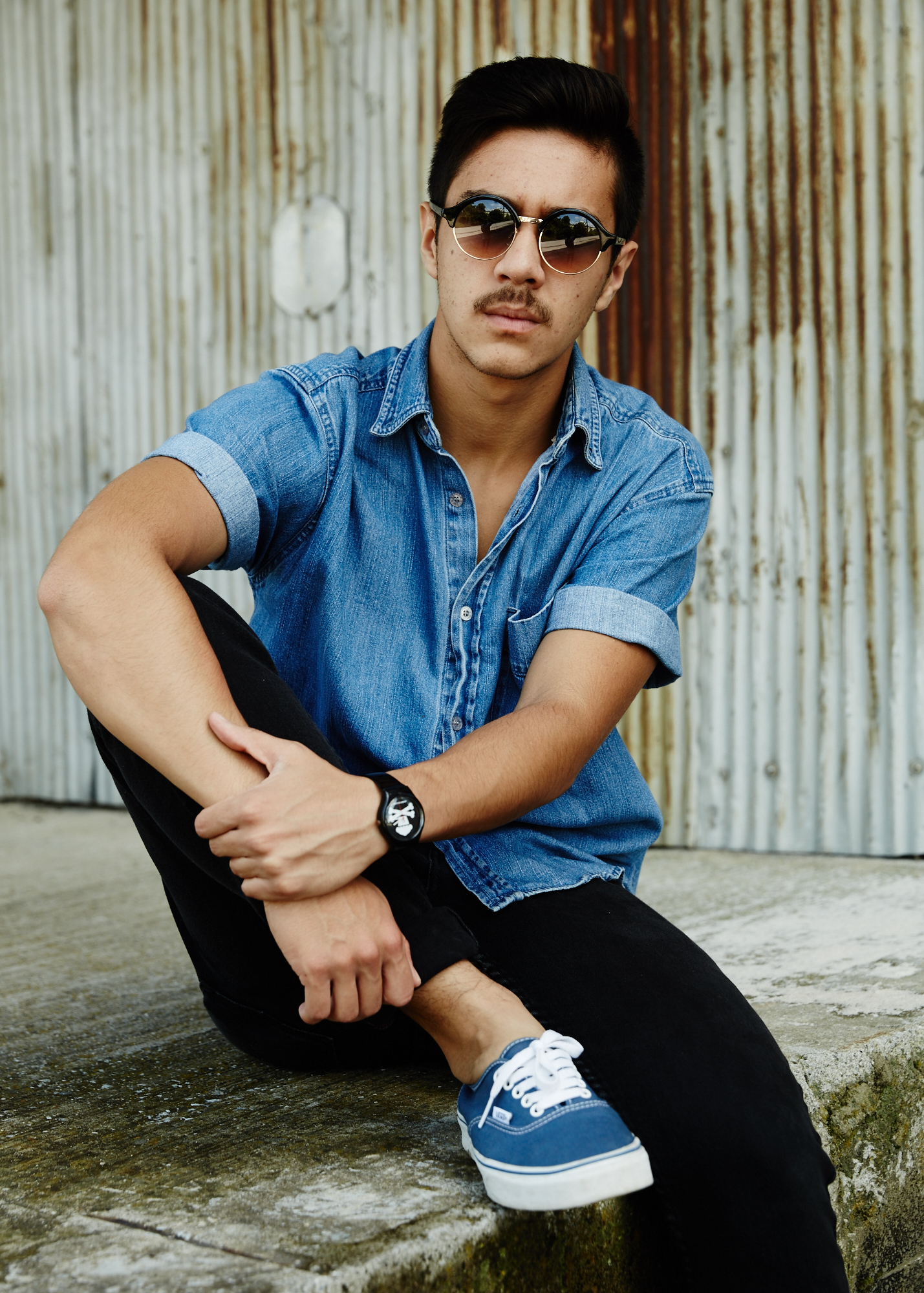
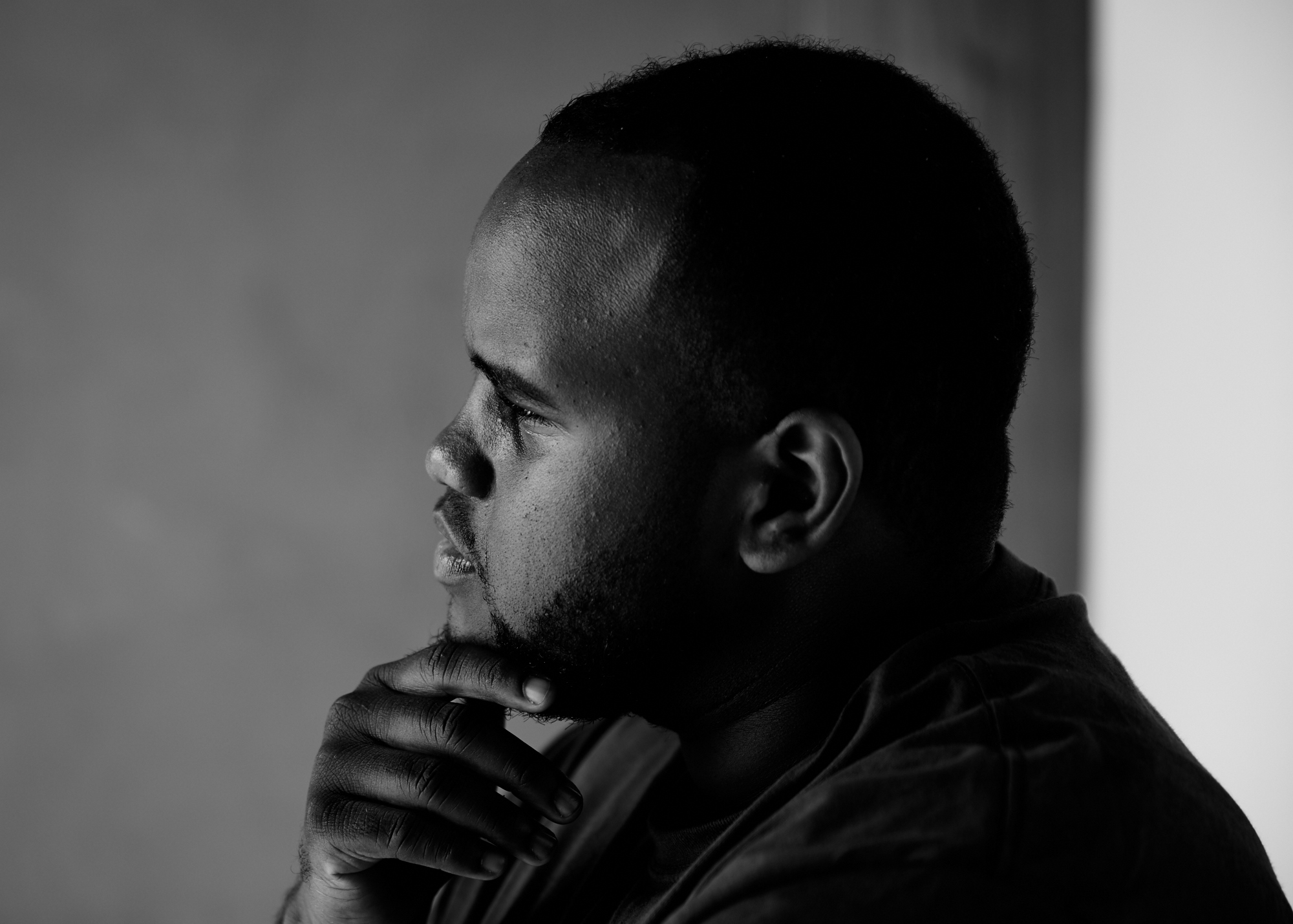
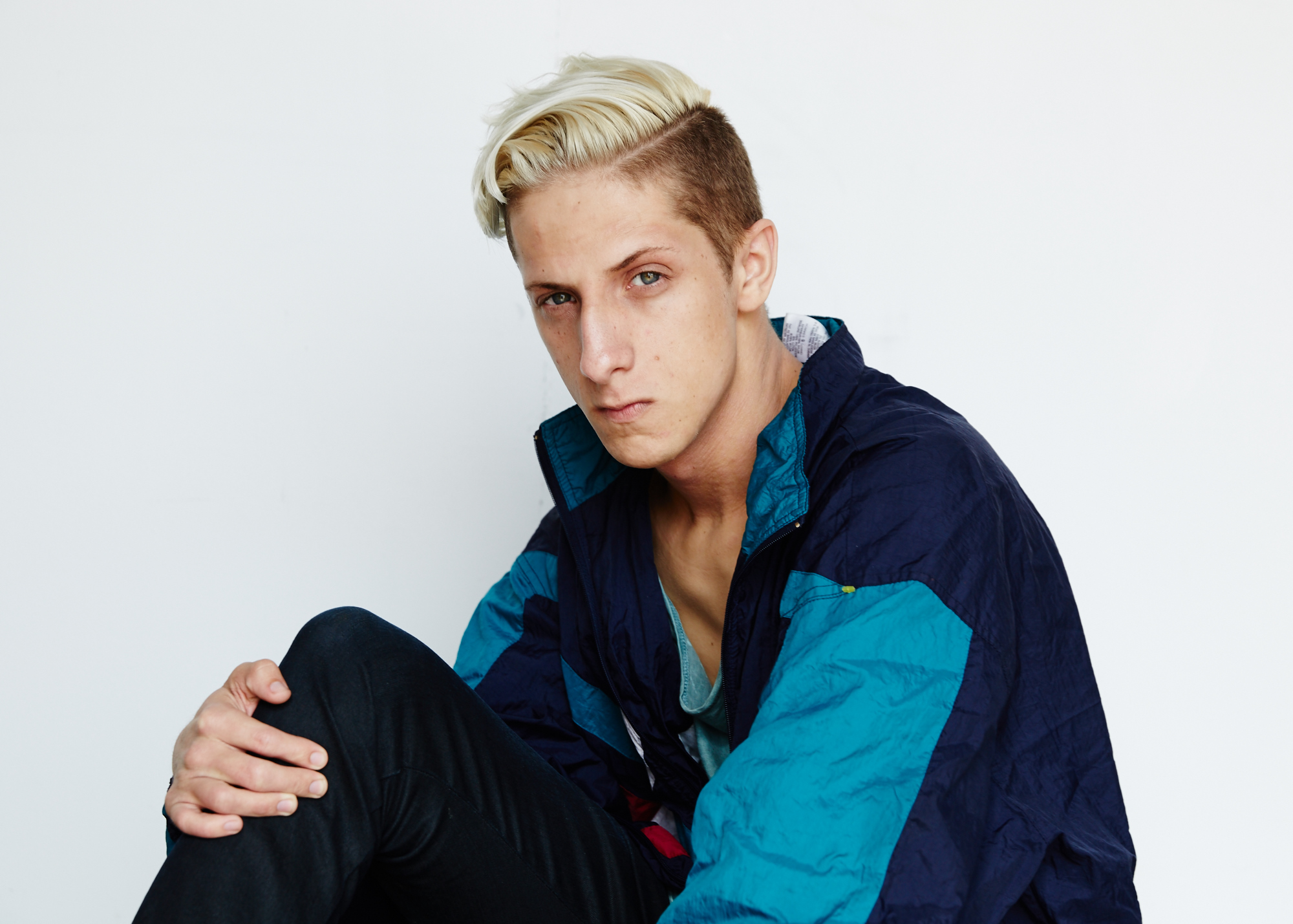
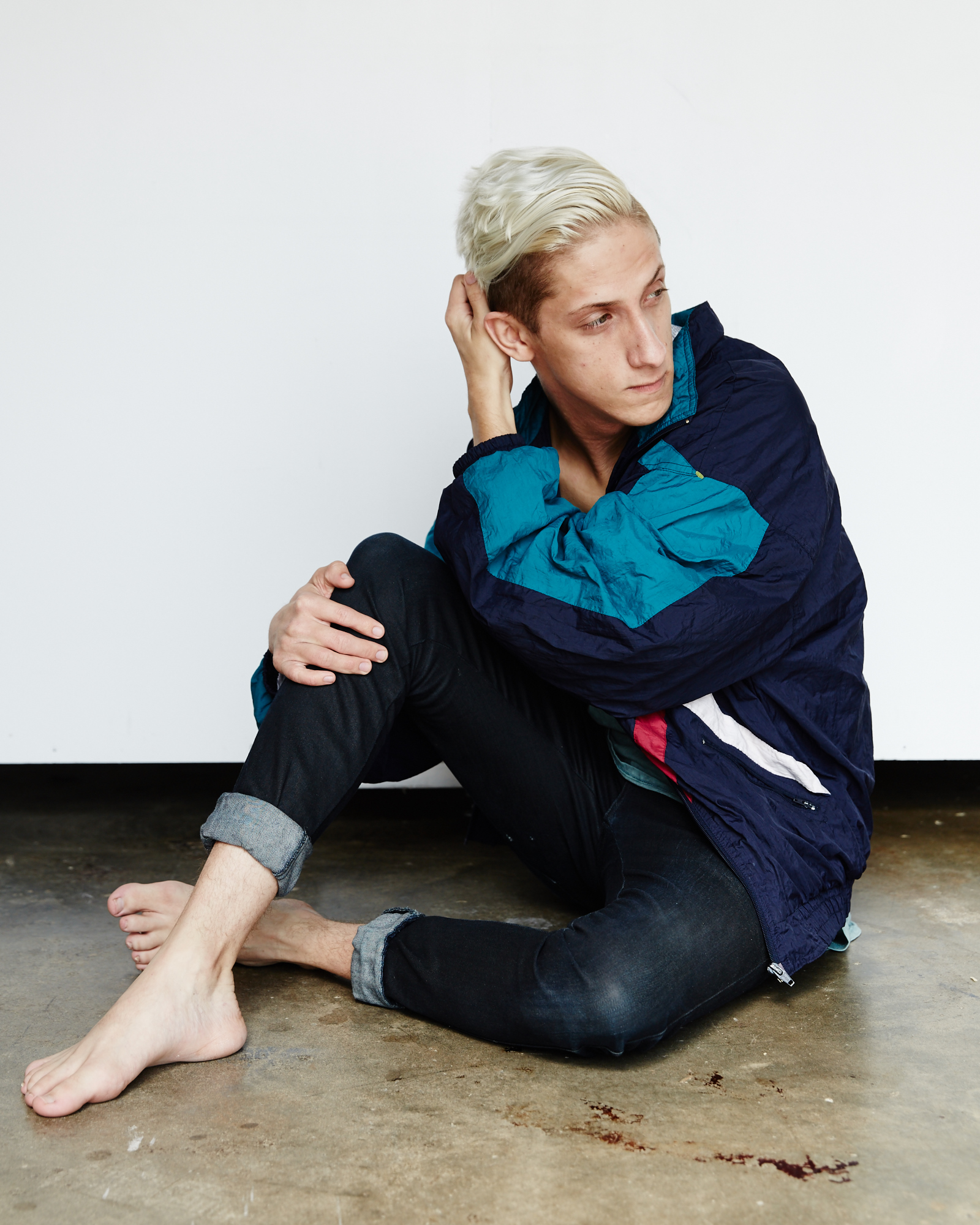
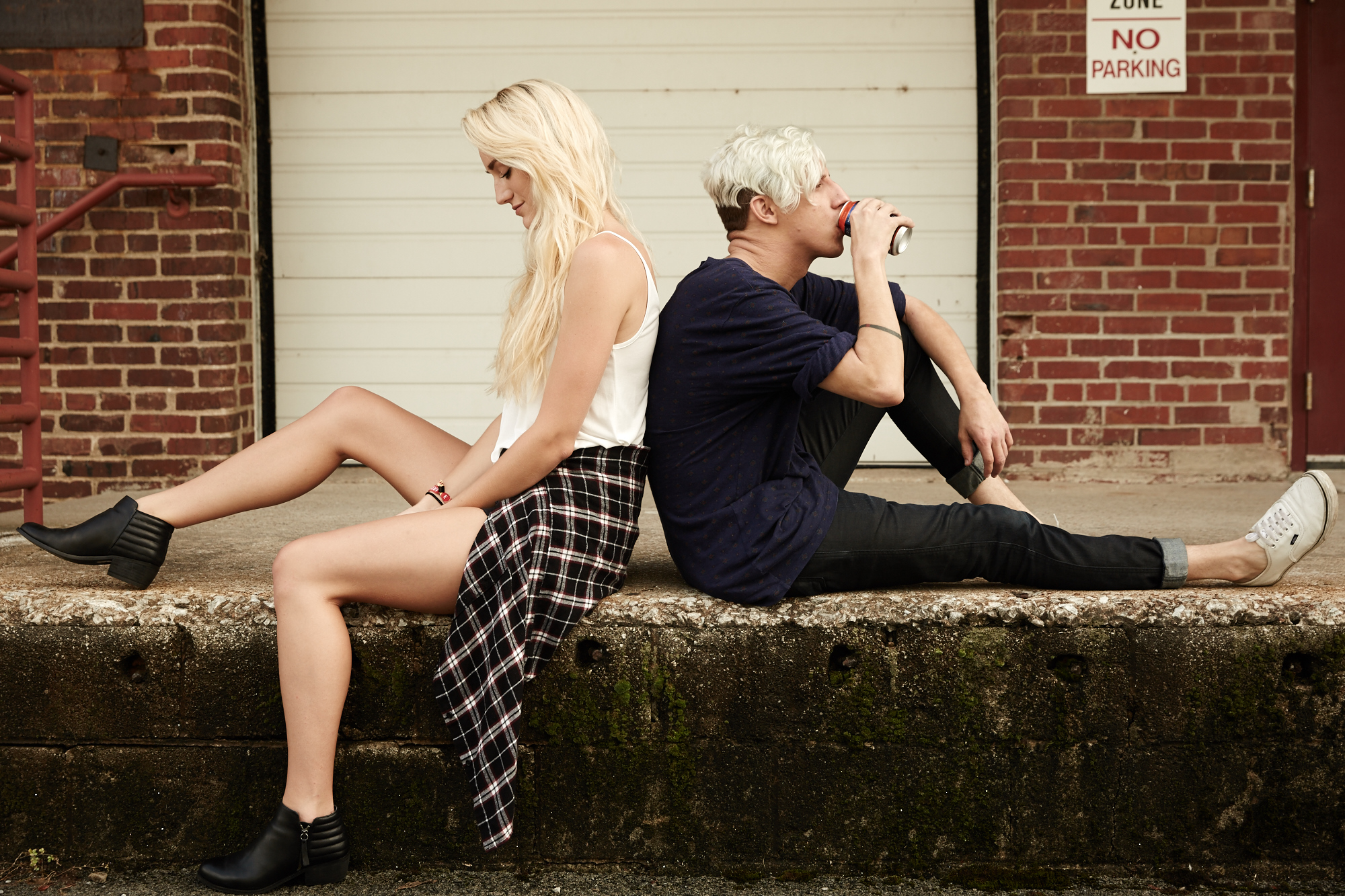


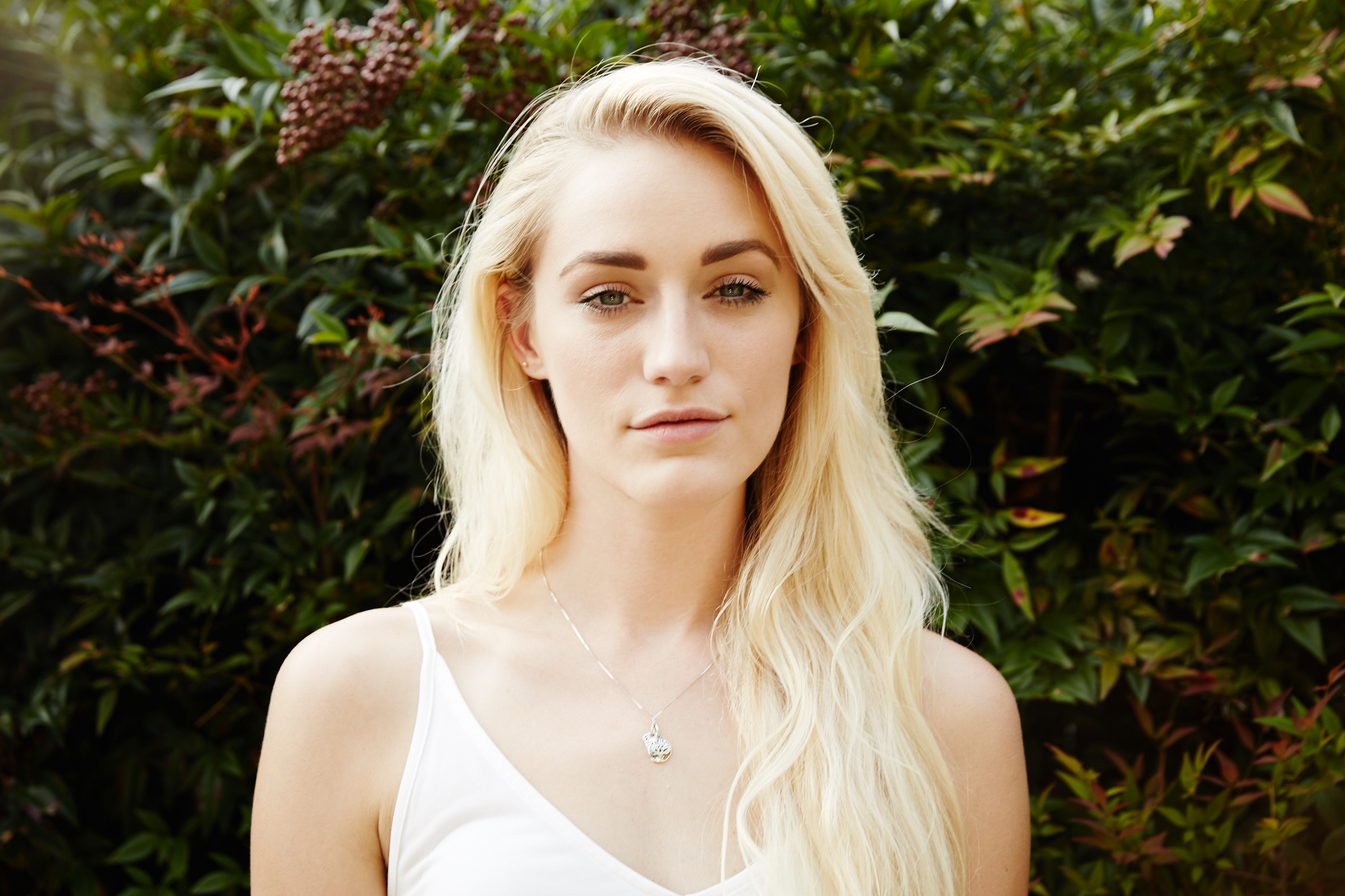
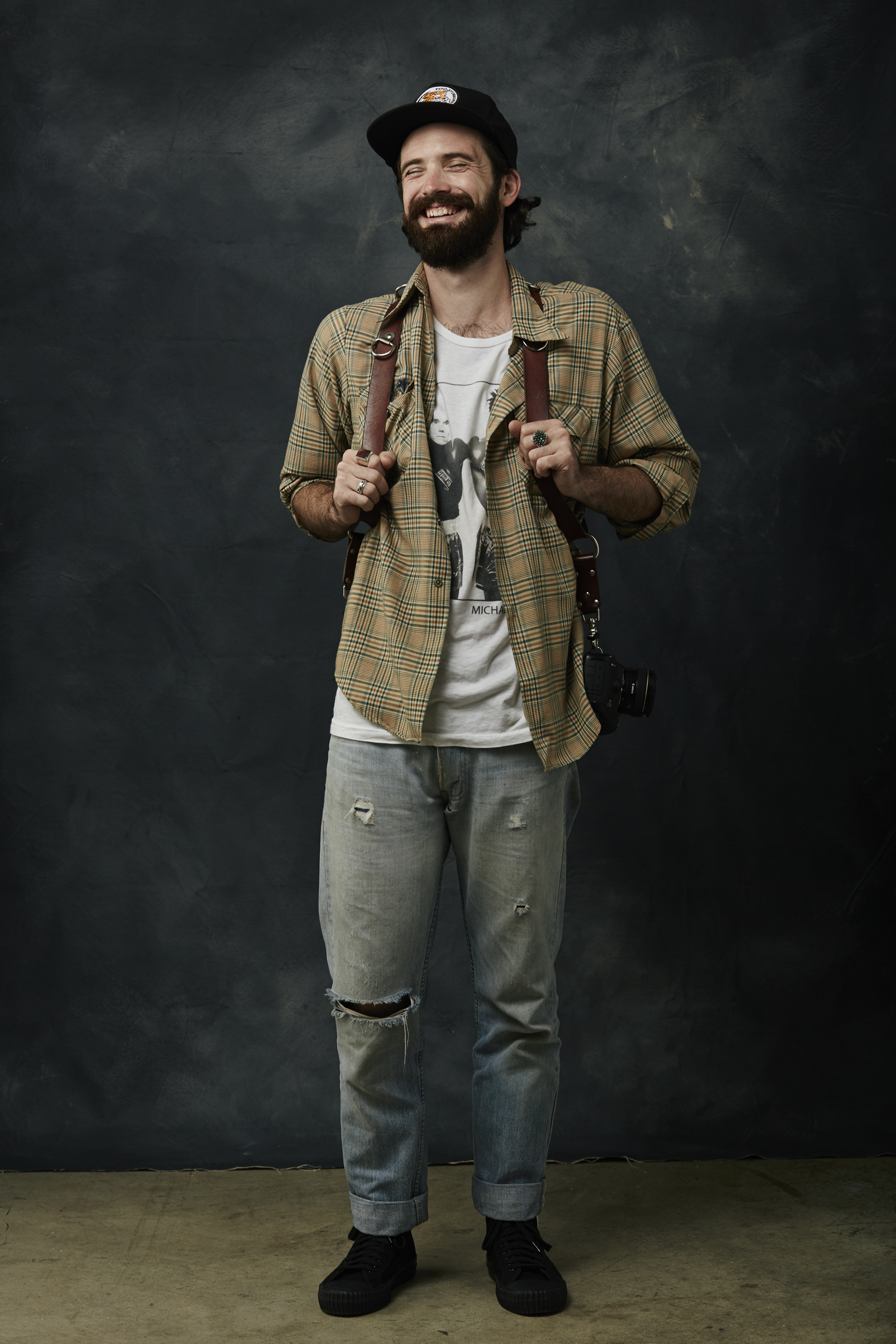
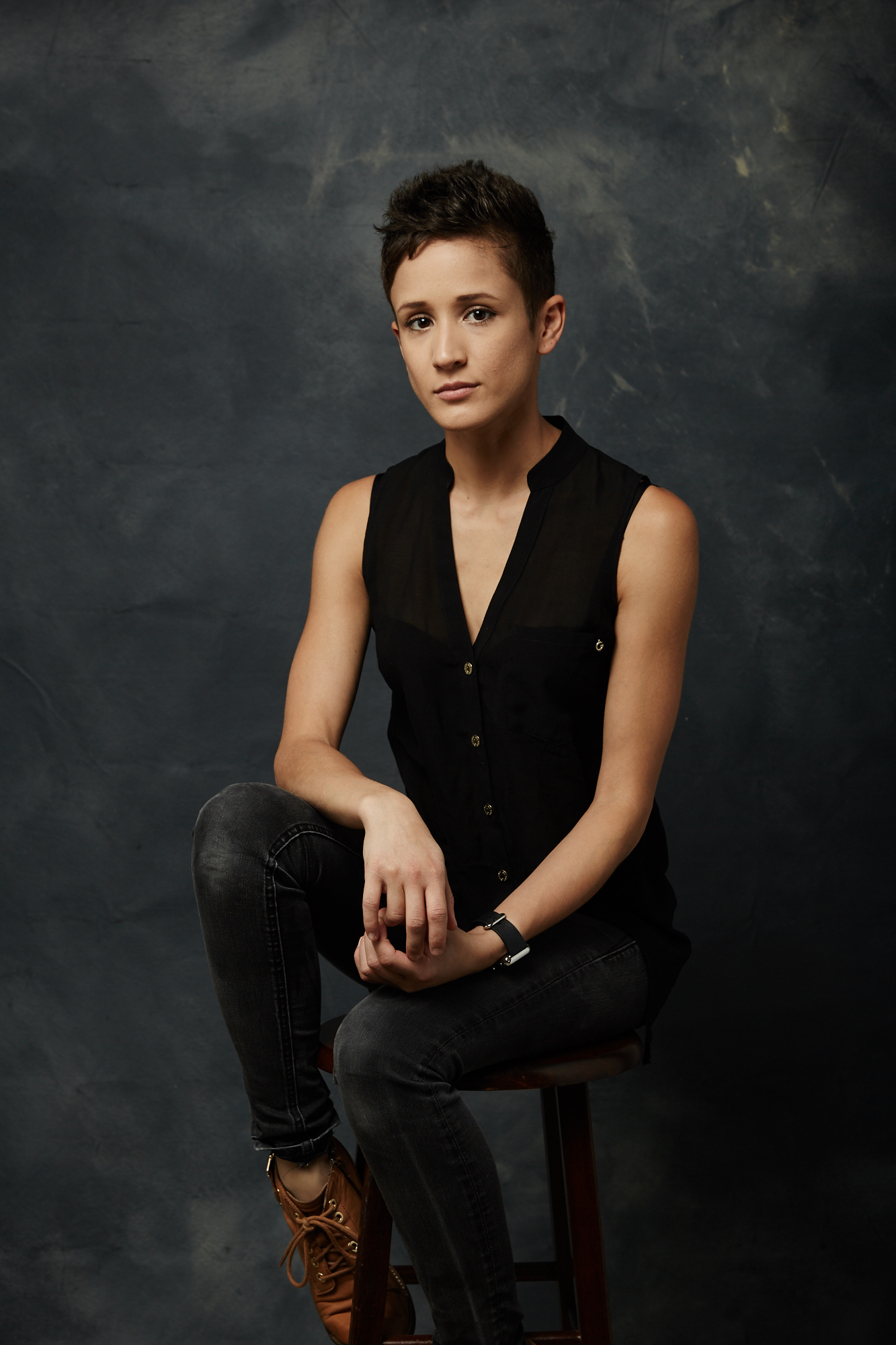
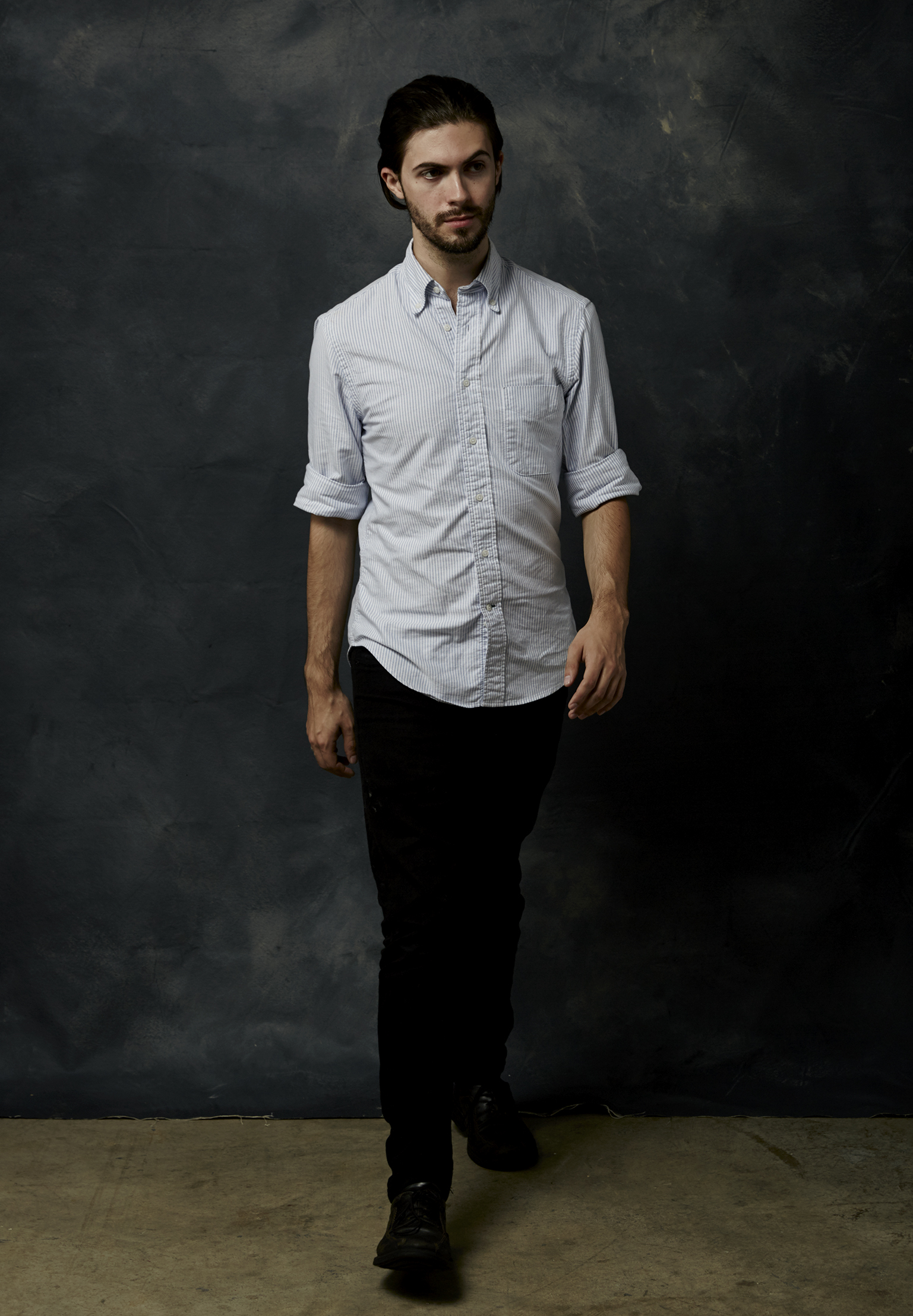
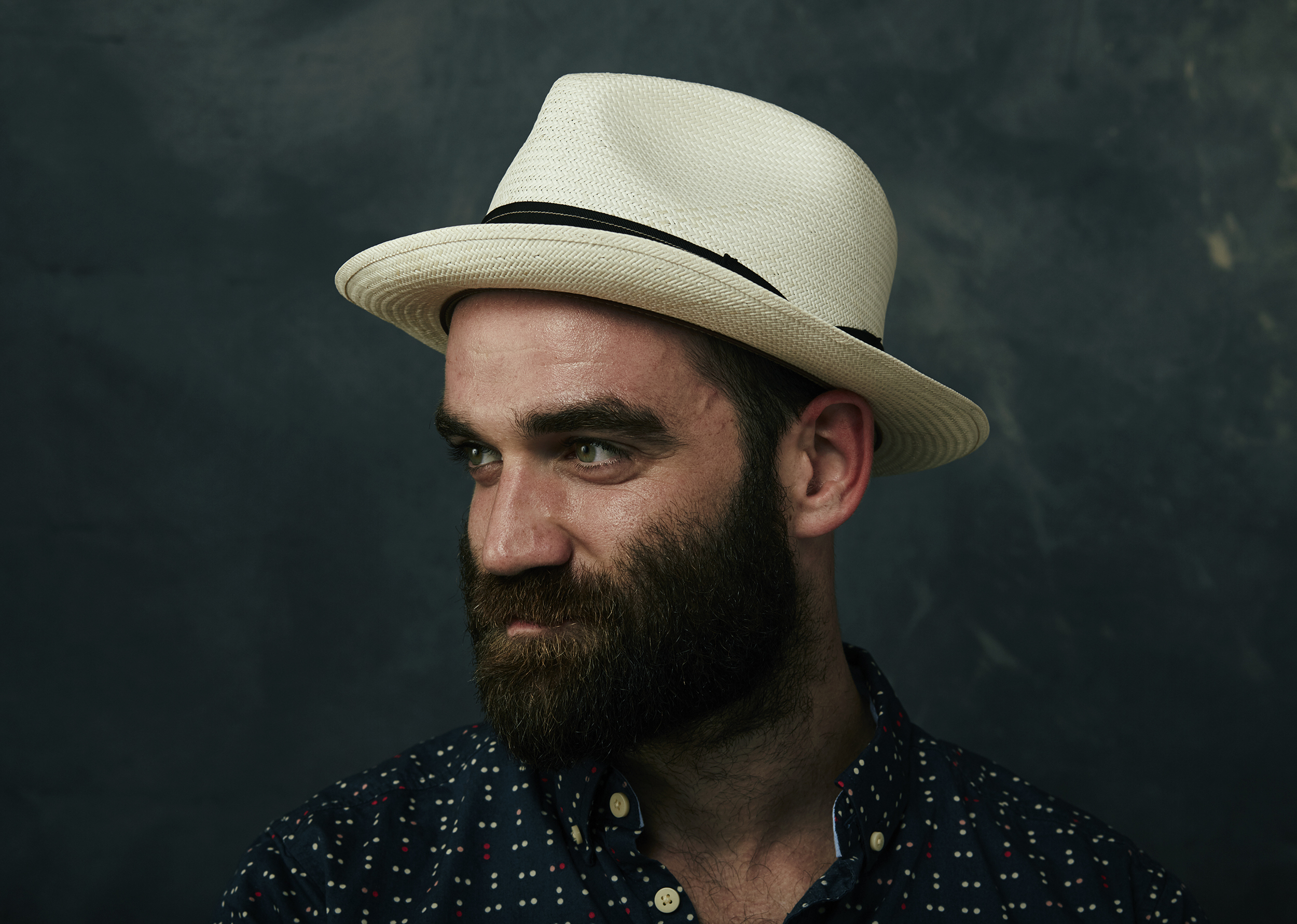
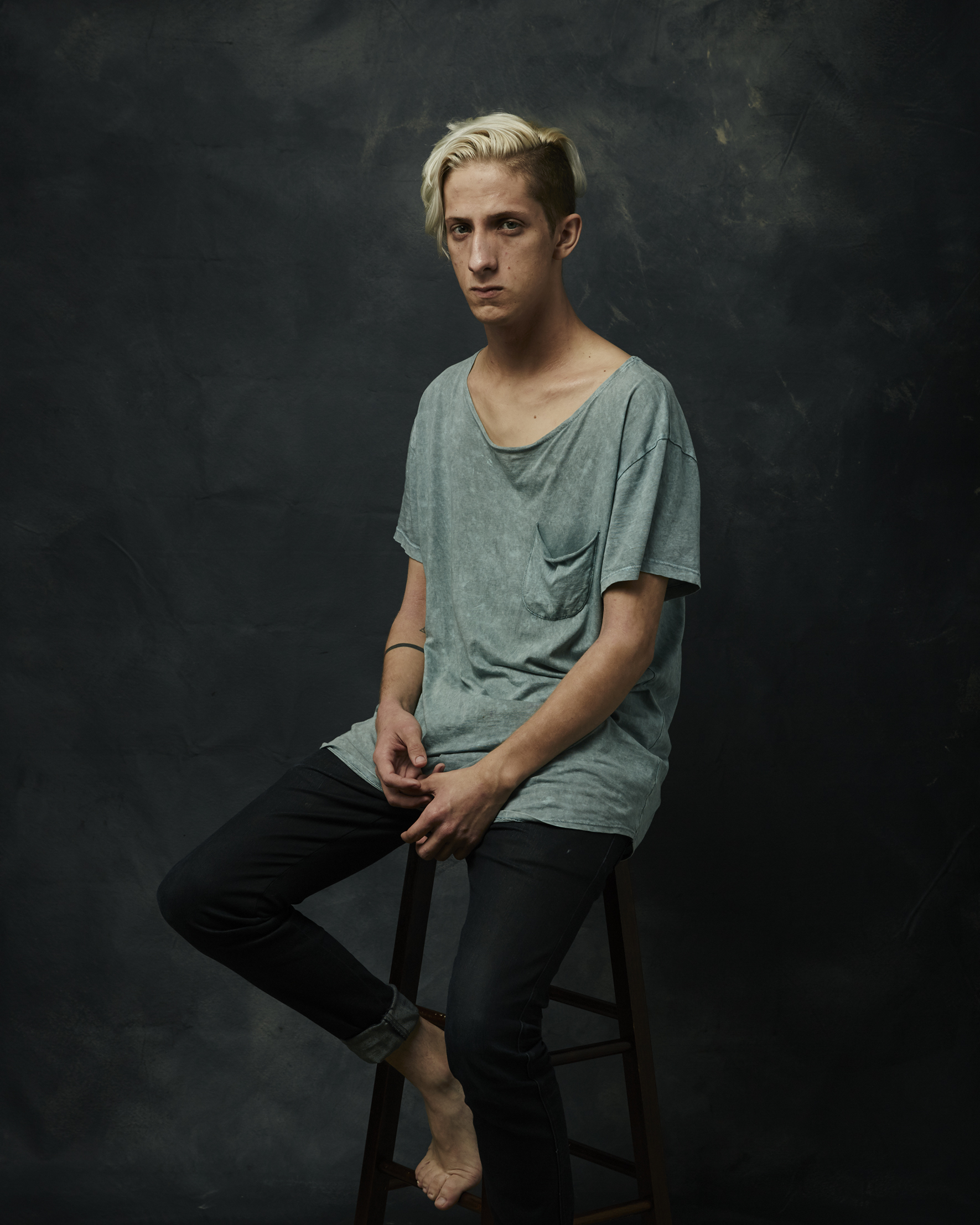
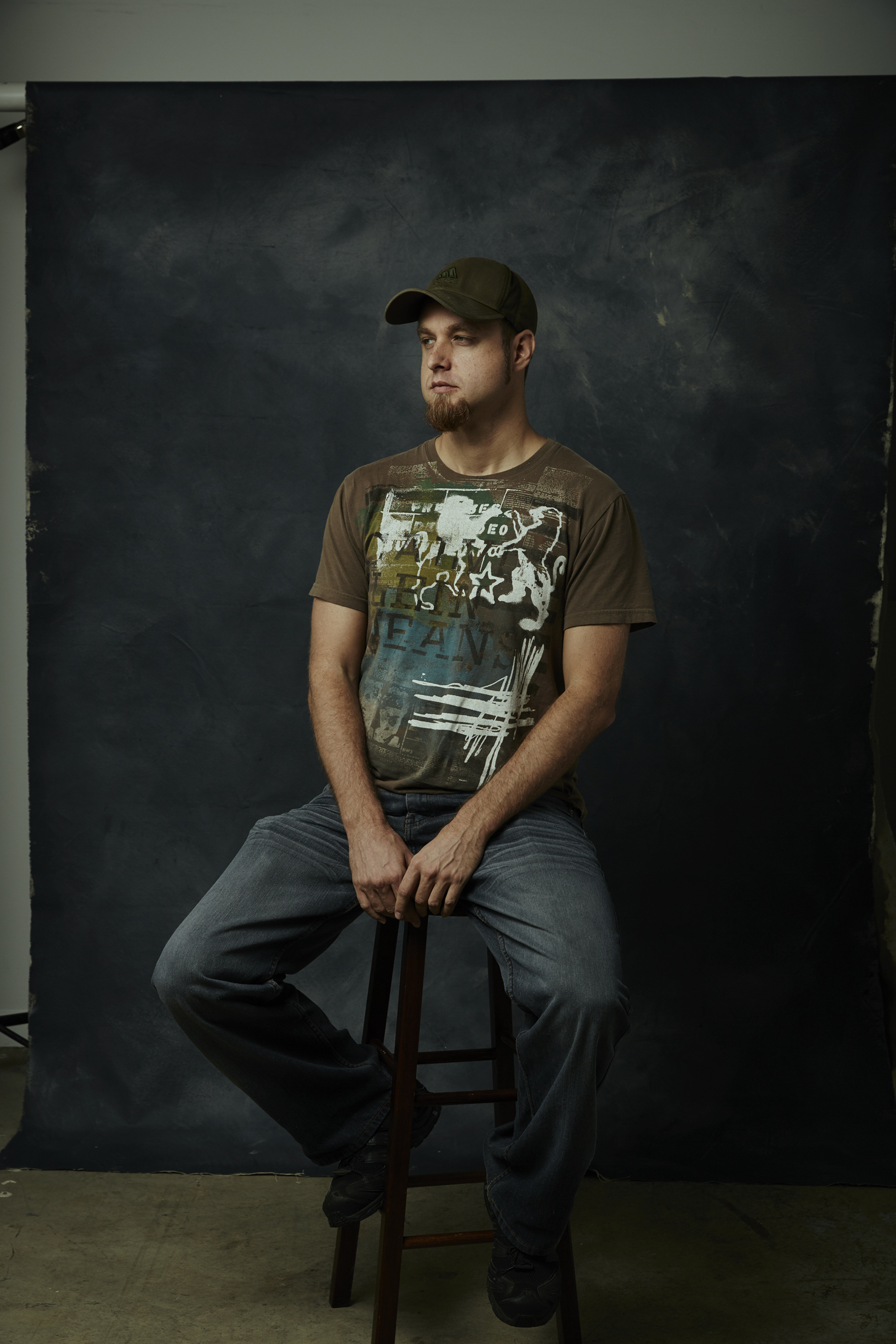
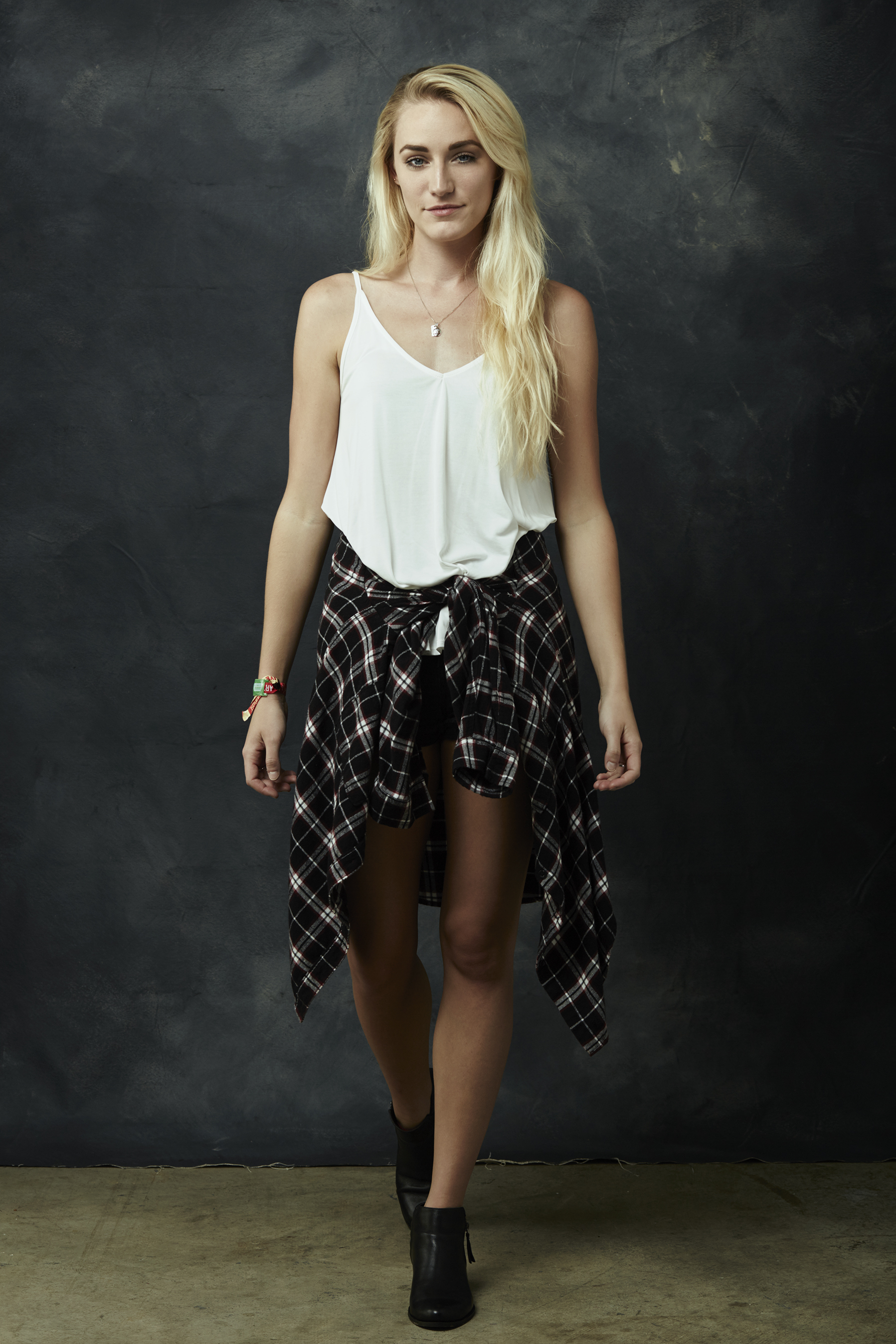
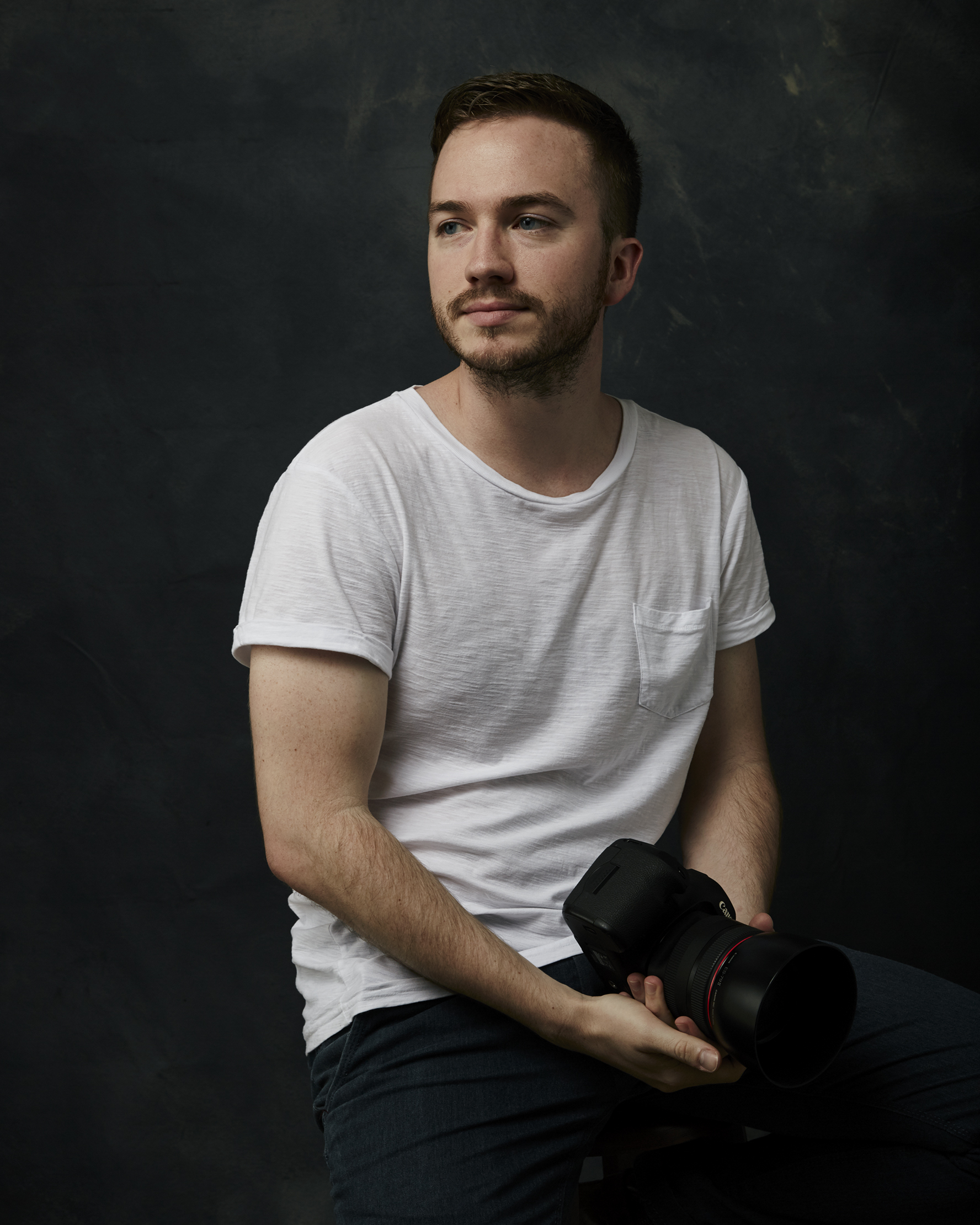
And before I go, please check out the portfolios of these photographers.
Cedrick Jones: http://www.cedthephotographer.com/
T Sam Pierce: Vimeo.com/TSamPierce
Emily McGonigle: http://www.emilymcgonigle.com
Jake Giles Netter: http://jakegilesnetter.com
Tyler Sharpe: http://www.sharpeandwalker.com/
Risha Chesterfield: Rishaleondra.com
Daniel Chaney: www.danielchaney.co
Mika Matin: mikam.vsco.co

Photo courtesy of Emily McGonigle
Have you ever done this? You're sitting at your computer, or on your phone, scrolling through Pinterest, Instagram or your favorite blog/inspiration website. You're scanning through a flurry of incredible artwork, photographs, paintings or beautiful pieces of writing. You think to yourself, "how the hell did they do that? How do I create something like that? Why am I not as good as these artists?" What's worse is when you see how many people interact with those artists. They have thousands if not tens of thousands of likes, comments and shares. Who are these rockstars, and how can I be like them?
Well, I've been there too. I think we all have. In fact, I'm there right now, as I'm writing this. I'm looking through my own portfolio and thinking, "Why is this work SO terrible? What makes my heroes so much better than me? Why don't I have as many followers as I think I deserve?"
All of these thoughts are relevant, important and understandable. But they're not healthy, unless I redirect the questions and ask them in a different way.
No successful artist, past or present was or is making art so they could be noticed or heralded. They make art for them. They create what they love based on their own personal passion and dedication to their craft.
Self improvement is a cornerstone of being an artist. Wanting to be great isn't a bad thing, but how you get there is a delicate and dangerous process at times. If you're constantly berating yourself and belittling your work like I so often do, you can wind up in a downward spiral that ends in depression and self loathing.
Better questions to ask are: "What can I do to make my work better? What can I learn from my heroes and apply that to my own work? How do I leave a lasting legacy, and make a difference in my community?"
I wish I would have been willing to ask myself questions like that sooner in my path to becoming a photographer. I've been an artist my whole life, from what I can remember. I started drawing and painting when I was 7 years old. I took every advanced class my school offered, and even went to private classes on the weekends to learn more. I was usually the only artistically inclined child in my school, and was voted "most artistic" in high school. My path was set out for me very early in life to become an artist in some capacity. I went to university for graphic design, and it was there that I finally met other people like me. I graduated at the top of my class, immediately set out to be a photographer, and wanted to be the biggest success I possibly could.
All through my life though, up to very recently, my main goal as an artist was to be better than everyone else. I wanted to create amazing work, but not for the sake of it, but for my own credit. I wanted people to recognize me and give me and my work praise. In grade school and high school I made sure everyone could see what I was doing, I constantly showed off my work and often received "attaboys" from my classmates and teachers. In college I did everything I could to one-up my classmates and make them feel at all times like they needed to catch up to me. In my own mind, I considered myself dedicated, but to others around me I probably came off as a major jerk. In my first year out of school I moved to Nashville with a huge chip on my shoulder, thinking everything would fall into place, and that I would start working for my dream clients very quickly.
No surprise, that did not, and still has not happened.
It was made apparent to me immediately that not only did my work suck, but so did my attitude, and I certainly would not be handed anything. I was clearly at the bottom of a very tall totem pole. My dreams of immediately becoming a hot shot photographer were dashed after a few months of miserable unemployment. I was forced to picked up a part time job and started shooting less and less. I started doubting myself and my capabilities, and for good reason. Everyone around me was so much more talented and driven than I was. And that's just in Nashville, a relatively small market. On a national scale, I was/am a very small fish in an ocean of talent. I started assisting for other, more established photographers to make some much needed money. I began to work for some of the bigger names in photography, and even some of my heroes. I set their lights, ran their computers and got them coffee. What I saw and learned from these guys opened my eyes to what it really takes to be successful as a photographer. To say I was put in my place would be an understatement.
I realized that my entitled attitude towards photography was not going to fly. I had to work, and work hard for every little blessing and opportunity. But more than that, I had to do it for the love of the process, and not for me.
Jeff Goins says in his E-book The Beginners Guide to Building an Audience : "Success begins with passion, not chasing results. If you love the work, you'll do good work."
That statement has become a motto for me. I still have goals, and dream jobs. I still have a five year plan and a list of clients I want to shoot for, but the way in which I choose to go about achieving those goals has changed dramatically. I'm putting passion and love first in my work, and putting desire and lust in the back of my mind.
After all, you're not going to be remembered for how much money you made, or who you worked for. Your images, and the quality of your work is what will be remembered. But even more so, the way you treat people, and the way you choose to love people will be your legacy.
A lot of young artists ask me, "how do I find my own style?" I think this is one of the hardest parts of becoming an artist. We live in a particularly oversaturated world, full of talent and beautiful work. Being an artist, and especially being a photographer, has never been more accessible. So how do you set yourself apart? Well, you have to offer something no one else can... But how?
The answer is more simple than you'd think. You have to create, and create often. You won't find your niche overnight, and you will have to try a great magnitude of processes before you find what suits you best. For me, it was people, and more specifically musicians and entertainers. It took me a while to figure out that that was what I wanted to do though, and I had to shoot a lot of other stuff first. I experimented with architectural photography, live music photography, still life and food, fashion, almost everything.
When you find what suits you best, you then have to make your best better. In the book Art and Fear, David Bayles tells us "The place to learn about execution is in your execution. The best information about what you love is in your last contact with what you love. Put simply: Your work is your guide." He later goes on to say "What you did got you here, and if you apply the same methods again, you will likely get the same result again." This is my best advice to setting your work apart. When you find what you love, practice that love over and over and over. While you're doing this, experiment with ways to achieve those results in different ways. Don't use the same formula every time. Eventually you'll figure out a method that is truly and uniquely yours.
To sum up:
To be passionate is to be pursuant. Passion is to be constantly chasing after something you will never catch. You have to drive yourself towards that unattainable goal, bettering yourself and your work every step of the way.
These two sentiments cannot live independently from one another in our struggle to create. One of the things that makes you and your work unique is... You. I rarely get hired because my work is good. I get hired because my clients like me. I get rejected by other clients because they don't get along with me. My work is usually just a set of credentials that get my foot in the door. As much as I try to be unique, there are still other photographers that offer a similar style to my own. So it goes.
One of the things I get asked in almost every client meeting I have is: "What makes you different from other photographers?" or "What do you do that others might not do?"
I love this question. It's such a perfect opportunity to set myself apart and woo a client. I always make sure to tell my clients that I try to deliver results in unique ways. I don't follow a formula and I won't give them a cookie cutter photoshoot. Their shoot will be uniquely theirs, and their experience will be fun, lighthearted and new.
More than that though, I let them know that I want a relationship with them. I want to get to know them and become someone they can trust. If I'm shooting a music artist, I make sure to let them know that I've listened to their music before the shoot so I can understand what kind of vibe they're wanting to achieve. It's little things like that that set you apart from the thousands of other photographers that just show up to do their job. Relationship with your client is a key component to getting repeat work, and positive referrals.
Envy and bitterness will hold you back more than any other obstacle in your career. Holding onto contempt for your competitors and those who are further along than you are will not advance you towards your goal. Likewise, bringing them down by speaking poorly of them won't magically propel you forward ahead of them. Just last week a friend was showing me the portfolio of one of her photographer friends. I had never heard of the guy, and after seeing that he was working with some high profile clients, and that he was my age, I got defensive. I immediately started to discredit him and pick apart his work. I made a few comments about his lighting and composition and said something about how I couldn't believe that he was getting work. I stopped myself in the middle of my little tirade and realized I was doing the thing I hate the most. I was trying to belittle this person that I didn't even know, because I was jealous. I envied his position and wanted his clients.
Why did I do that? Why did I act like a child, and reject my own convictions to trample on a fellow artist? That particular week was an off week for me. I didn't have any gigs and was waiting for some emails to come in about upcoming shoots. I was restless and bored, and feeling a little guilty that I was taking so much time off from work. These are just excuses though. Even in our down seasons, we should be building each other up and projecting positivity.
You have to be willing to collaborate. Be willing to encourage. But above all, be willing to ask questions, and humbly admit that you still have a lot to learn. If you step outside of the pack of negativity most of us live in, people will notice. People will want to know what makes you so different. They'll want to know how you're rising above the monotony of our industry. They'll want to know why you're so damn... Nice.
While you're doing all of this, keep close tabs on your audience, no matter how large or how small. Try to figure out and understand what they like about you and your work. Ask them questions and get to know them. Let them see you as a person, and not just a portfolio or an Instagram feed. Reply to their comments, answer the questions you're asked and do things for your followers. People don't want to follow a false idol. They want to follow a leader. They want to rally behind someone who understands them and has their best interests at heart.
I am in no way an expert on gaining a following. My own following is actually very small. But the following I do have is exceptionally loyal. So keep in mind as you read, I am not promising to show you how to gain thousands of followers in a few weeks. I'm sharing with you how to develop good relationships with your followers. After all, having 60,000 followers on Instagram or Twitter doesn't mean much if they don't care about you or what you do.
When I say interact with your following, here is what I mean:
Remember what I said earlier about how it's never been more accessible to be an artist? Well, that's true, but while it is accessible, it is now equally more difficult. No one cares much about you or your work when you first start out. You will constantly face adversity and live in a world of self doubt and contradiction. You may not be working for a large audience at first, and you may not feel your work is very rewarding at the outset.
But that is where your heart and mind have to change. You cannot work for the praise, you cannot work for the money. You have to work for the work. You have to find yourself overcome by joy when you are creating. The accolades, the money and the crowds are merely a byproduct of your love for your work.
I'll leave you with one more quote from Art and Fear:
Resources discussed in this post
Art and Fear, softcover:
http://www.amazon.com/Art-Fear-Observations-Rewards-Artmaking/dp/0961454733
Jeff Goins' free E-book:
Getting hired as a photographer is tough, no doubt. Just getting people to take you seriously is hard enough, and getting people to pay you what you're worth is even harder. As photographers, and artists in general, we're sometimes expected to "bid" on jobs. In this post I'll go through a few tips on how to maximize your pay and how to get a client to choose you over anyone else.

First off, what's a bid? When a client wants to hire a photographer for a photoshoot, often they'll contact several similar photographers and ask them individually to give them a quote for the job. The client will then pick the estimate and photographer that they feel is appropriate for the job.

This process is intimidating and difficult for a lot of reasons. Often you're given very little information about the shoot, so giving an accurate estimate can be tough. You may overestimate or underestimate the parameters of the shoot, and end up losing the job because you overbid or worse, you get the job but end up not having enough money to pull it off. You also don't know who you're up against most times. You could be counter-bidding against anyone, and that unknown factor can be intimidating.
So now for the good news. I have some tips on how to get through this process unscathed. I'm no expert by any means, but I've won several bids this month, and I'd like to break down how I did that, and share it with you.
1. Open a line of transparent communication. Like I said above, often you're not given a ton of info about the shoot. You may only be given the date, the clients name and a very vague description of what needs done. For example: "We need photos for our artists' upcoming EP." Don't settle for just that bit of information. Ask for more details. Tell them that you want to quote them as accurately as possible, and give them the best estimate you can, and in order to do that you need more info.
2. Be willing to negotiate. A lot of times a client has a very inflexible budget, and if you just throw out a number that's over that dollar amount, even if only by a few hundred dollars, you could lose the job and never hear from them again. Tell them up front that you understand that they are on a budget, and that you are willing to talk more about the costs and see if you can work around some things. This may sound like its going to lose you money, and they might take advantage of you. But if you understand what you're worth, you'll know just how much you can wiggle on money. Which brings me to my next point.
3. Know your worth. You can't quote a job if you don't know exactly what your photography is worth. This process is complicated, but I'll give you the broad strokes. Tally up all your expenses for the month. Rent, insurance, food and gas. Then take that number and figure out what you need to make hourly to meet your expenses each month. From there, mark up your rough "hourly rate" to a figure you feel comfortable with charging, so you can have some extra money each month. Take your hourly rate and put it into a "day rate". A full day is 10 hours. Your day rate should reflect a number that will sustain you based on your average days worked a month vs. your expenses and overhead.
4. Know your market. Your specific genre of photography, along with your city/state are going to dictate your rates heavily. An advertising or healthcare photographer is going to be bidding WAY more on jobs than a wedding photographer because the parameters of the job are much more intensive. Likewise, a wedding photographer in the midwest might be bidding much lower on jobs than a photographer in Los Angeles. As gently as you can, find these things out. Find out what your peers are charging. But don't step on anyones toes, and don't make people feel like you're threatening their business.
5. Lay on that charm. This goes without saying in pretty much every business. Be someone that the client wants to work with. Be professional, nice, charming, and know your stuff. I intentionally overbid on a job last week after a string of emails back and forth with the client. Not by much, mind you, but by the time I sent my bid, I knew I had an upper hand in the negotiation process. The first email I was sent was cold and tactical. "we need a bid, please send us an estimate and we'll take you into consideration." By the fourth email the conversation was different. "We're gonna fight for your bid." The client seemed much more willing to get MY bid approved through the chain of command. I accomplished this by opening that transparent line of communication, and being a real human being, rather than just a number on a spreadsheet. (I ended up getting that job).
6. Don't get discouraged. You're going to lose a lot of jobs. You're going to THINK you are going to win a bid, and end up losing it. There's so many reasons you can lose out on a gig, and they're not all about money. The fact of the matter is, we're in an oversaturated industry. There's so many talented photographers out there. Being good isn't enough anymore. Offer the client something no one else can, be someone people want to work with, and be confident.
Everyone likes free stuff. My friend bought me a burrito the other day and I think it tasted even better just because it was free. Also it was a burrito and burritos are just delicious by nature. You know what isn't delicious by nature though? Free photography. Working for free seems like it's a necessary part of getting your start as a photographer these days, but it's not. When I was getting my business off the ground I got email after email, text after text from people asking me to shoot their band, their concert, or their model portfolio etc for free. The phrase "it'll be good for your portfolio" took its place as the most bitter and irritating words someone could utter to me. Asking a photographer to work for little or nothing is a huge slap in the face. We spend so much time and money investing in ourselves, our gear and our business that being asked to use those utilities for free for your benefit simply hurts.
But how is a photographer supposed to build their portfolio if they can't get anyone to pay them until they HAVE a solid portfolio? It's an unfortunate situation. You want to have a kick ass portfolio and get paid to work, but you can't get paid to work until you have a kick ass portfolio!
In this post I'd like to talk about how to get your portfolio off the ground without gaining the reputation of being "that guy" who will work for free.
Image is everything. Perception is everything. If you project success, you will likely become successful. It sounds corny and ranks up there in corporate america phrases like "synergy" and "webinar" but its true. If you let people know that you're working for free, that will be your reputation. However, while you're building your portfolio, you can carefully and systematically build your photography empire by only releasing little bits of information at a time online to let people know that you are a serious professional who ain't gonna work for free.

Let me explain what I mean with the following tips.
1. Turn down more "work" than you take: You've gotta let people know you're not a chump. If someone asks you to work for cheap, say no. That'll get around. People will start to know that you're serious about your work and won't work for free. This is important, and it's also really tough. Many times when I was fresh out of college and someone offered me $100 to shoot their band I said no, even though I desperately needed to pay rent. My self image was far more important than the money.
2. Choose your words wisely: When posting online, use your words to build an image of legitimacy. Example: "I'm so happy that (client) hired me to shoot their (project) last week, the shots look great!" is far better than saying "Check out these shots I did for (client) last week!" The subtle language here indicates that you were HIRED and got PAID, even if it was a case of beer or a $6 burger or an expired gift card to Radio Shack.
3. Don't post your photos too quickly: When you finish a shoot for someone, sit on those photos for a while, don't release them right away. You may be super excited about them and finish your edits the same day that you did the shoot, but releasing them the same day/next day projects illegitimacy and paints you as an amateur. Let people know that you take your editing process seriously. Turning in photos too quickly also doesn't give you the necessary time to critically think about your photos and make changes to your initial edits.
4. Get your paperwork in order: From day one, you should be getting model releases and making your clients sign contracts. This is something I didn't ever do til I hired a business manager and she (Emily McGonigle look her up she's a great photographer too) got me into shape. This seems like a waste of time to do for a portrait shoot you threw together in half an hour for your friend but do it. Not only does it make you seem professional, but it will save you a lot of hassle down the road. When that client or friend comes asking for every single photo you took that day, you can point to the contract and remind them that you agreed on 10 final images to be given.
5. Communicate with your clients: If you can't make rent or need gas money and need to take that cheap job your buddy referred you for, do yourself a favor and communicate VERY clearly to the client that you don't normally work this cheap. Tell them what you normally charge. Also tell them NOT TO TELL OTHERS how much they paid for your services. Make them sign a non-disclosure agreement if you have to. The less people know about you doing cheap work, the better.
6. Be different: This one is a little ambiguous, but it's relevant. Set yourself apart from the other photographers in your genre, niche and market. Being inspired by other photographers is great, but don't just go with the flow and lazily apply VSCO filters until your work blends into the worthless tapestry of mediocrity that every other photographer on the planet is part of. Make it so that clients can go to you and only you for the type of work you create.
7. Be patient: This goes back to #1 a little. Don't get discouraged. Turn down work you don't think you should take, and be okay with that. It takes a long time to gain a good reputation as a photographer and even longer to start getting legitimate, paid work. Don't expect to start shooting ad campaigns and album covers in 6 months. Some people are just that good, and have the skills to leap over everyone else in the industry, but that is rare.
Well, there it is. These are the general guidelines I followed when I got started, and I still follow to this day. I get emails every single week asking me to do work for little or nothing. It really never stops. Value yourself and your work highly, never compromise, and do great work.
This is not going to be an article bashing famed fine art photographer Richard Prince for stealing other people's artwork. I won't be discussing the legality of his most recent exhibition or his ethical obligation to other photographers. Instead, I'd like to talk about two things. First, I want to discuss why the work is boring, mediocre and downright lazy. Second, I'd like to explain how the internet turned his boring, mediocre and downright lazy artwork into an unstoppable phenomenon, and gave credibility to his weak attempt at social commentary.
If you have been living under a rock for the past week, then let me fill you in on what's going on. Richard Prince, a contemporary appropriation photographer and painter released a series of screenshots of seemingly random Instagram users, mostly selfies of women posing in somewhat suggestive positions. He changed some of the comments and captions, printed them very large and priced them between $90,000-$100,000.

Naturally, this infraction came to the forefront of the photography community in a very viral way. The blogs went mad, Facebook and Twitter users gathered their pitchforks and blew up the internet with their rage.
But before we discuss these pieces, you have to understand a little bit about contemporary art, and a little more about Richard Prince as an artist.
(I'll add that my main gripe with pretty much everyone lashing out on the internet this week has been their complete lack of understanding appropriation and their unwillingness to research why an artist would do something like this.)
We live in an age of art where the main goal is to challenge the viewer and their understanding of what art is. In the 1970's appropriation began to rise in popularity in the art world. Appropriation is taking an image or an object, and doing little or nothing to change its context, thus challenging how the viewer would normally see this image or object. One popular example of appropriation that you may be familiar with is Marcel Duchamp's toilet pieces. He literally took a toilet, scrawled some text on it and called it art. Also see Michael Heizer's "Levitated Mass", which is just a giant boulder that he brought to the LA County Museum of Art.
Now I personally find this approach to fine art to be... Crap. Perhaps at it's genesis it was earth-shattering and challenging, but now I find it to be lazy and lacking impact. Richard Prince has been doing this for years, and I find all of his attempts at it to be uninspiring. Take his cowboy photographs as an example. To be brief, Prince took old Marlboro cowboy advertisements and removed the branding and text. The goal here is to make the viewer think about how lame and campy these images are without the branding and to make us see that the reason those images ended up being popular is just because an advertiser paid for them to be done.
So now that we know more about appropriation and about Richard Prince, we can talk about why this new work of his is sub-par. The main failure of this series is sheer laziness. First of all, this has been done to death. Appropriation is barely relevant now, and like I said above, many artists before him have done this. Prince is, for some reason, very popular among collectors. Most contemporary galleries and collectors have his work in their collection. He commands a strong audience and is able to sell his work for absurd dollar amounts. This Instagram series of his seems like nothing more than an attempt to piss people off and make money. People will buy these pieces. They will buy them because they are his. But more importantly, they will buy them because they have become viral.
On their own, even with Prince's name on them, these pieces are pretty terrible and command very little authority as concepts. But because of the outrage and general internet phenomenon that they've become, they have become INCREDIBLY relevant and command a lot of authority in the art world. This is one of the first pieces of art that has gone viral in the internet age. Like it or not, the outrage was part of the art. In fact I'd say it was kind of the whole point. Without the backlash, these pieces mean very little.
So. Here's the part where I say it's your fault. To anyone who posted an angry status, wrote a blog post demonizing these pieces, or warned their friends about copyright issues on social media platforms... You gave Richard Prince exactly what he wanted. Without your help in making the photographs go viral, they probably would have been a huge flop. And don't come to me and say that "it needed to be said" or "we can't let him get away with this" because no, it doesn't need to be said and he will get away with it. His lawyers are better than yours.
Congratulations, internet.
Great photography is an integral part of building strong brand presence. If you're a musician, a public speaker/figure, or small business, branding yourself is one of the most important things you can do to help grow your audience and customer base. One of the key facets of good branding is consistency. Having a standard set of type faces for your website, stationary, and other print material is a good example of consistency for a brand. Another good example of brand consistency is photography that not only looks appealing, but is also uniform across all the components of your brand.
To be more specific, here's an example of bad branding because of inconsistent photography: Lets say a startup coffee shop is building their brand. They've hired a graphic designer to create their logo, and hired a web designer to build them a nice website. They've selected all their usernames for their social media outlets, and even got an interior designer help them lay out their new shop. The owners of the coffee shop hire employees, and decide that they'd like to have some nice headshots for all their baristas to post on their new website. They also want someone to photograph the interior of their shop so their customers can see how beautiful it is online before stopping by.
Here's where things often go wrong for a brand. Because of money and time constraints, a lot of businesses end up up shopping out their photography needs to someone below the experience level needed, or worse, to multiple photographers with varying styles.
A second example: A local indie artist is looking to get off the ground and decides they want to start building their brand. Several of their friends are photographers and they all offer to photograph the artist for exposure. The artist thinks its a win-win, and gets tons of great, free photography for his site and social media.
The issue is, now his web presence is cluttered with widely varying styles of photography that represent him in drastically different ways. Lets say the artist is an electronic pop artist, who's stage presence and personality is very bright and colorful, but the photography he gets ranges from dark and moody to stylized and conceptual, with some natural light lifestyle mixed in. This paints a very mixed personality for the artist.
Throw all this together and you have one very, VERY confusing brand.
It's hard for your fans or customers to understand who you are as a business or as a figure if you can't brand yourself properly and keep your content consistent.
One of the best examples of consistent branding I've seen from a newer music act has been from The 1975. They have taken a simple idea (black and white) and brought it to every facet of their brand. From their website, to their social media, and even into their live performances, this clean, but grungy black and white design is the cornerstone of their brand. As a result, when you see content like this, the first thing you think of is "oh yeah, that's the 1975." Few artists and bands have pulled something off like this.
When you design your brand, the end goal is exactly what The 1975 have accomplished. You want people to see your content, whatever it is, and know it's yours without having to put your name on it.
Photography plays a very important role in this goal. Having photography that compliments your branding is absolutely necessary. So when you sit down to layout your branding for something big or small, whether it be a new website for a multi million dollar company or just a self funded EP cover for an indie artist, think hard about who you want to do the photography. When you settle on your photographer, stick with that photographer through the end of the project, or scrap him completely and start fresh. Don't mix and match.
Well, the short answer is no.
I'll start by saying that I fully expect a lot of people to disagree with this sentiment, and that's okay. Let me also make the distinction that I am not saying you should never post final photos to your Instagram, I am just saying portfolio images should not be the main content on your feed. There are benefits to using Instagram as a portfolio, but I personally find those benefits to be outweighed by the negatives that come with that method.
Let me delve deeper into this topic and discuss why I think this is true, and help give you some ideas of what you should be using Instagram for to further your business as a photographer.
Instagram is a wonderful thing for photographers. It gives your audience a beautiful, easy to use home base to follow you and your work. It allows people to take a look into your life, your process, and who you are as an artist via the photos you post. This is the core of why I think it is detrimental to use Instagram as your portfolio. It limits you from showing your audience what they really want to see, which is you. Your Instagram profile should be used as a launching pad for your audience to see the rest of your work. By posting behind the scenes photos, location scouts, photos of your gear, lighting setups, and miscellaneous lifestyle shots, you are not only giving your audience an opportunity to see who you are as a person but also teasing them into wanting to see more and more of you. When you post nothing but portfolio images, you are essentially giving your viewers the end product, and providing no incentive to dive deeper into you and your work.
Real life application time: I recently started a new personal work series where I cover models in wet clay before shooting them. I was doing a trial of this series and used myself as the model before I tried it on anyone else. I posted this behind the scenes photo on Instagram, and a day later posted a finished and edited photo from the shoot.
The behind the scenes photo got considerably more interaction than the final "real" photo. It had more comments, more questions, more likes, everything.
I believe this is because people find the process behind your images more interesting than the images themselves. People want to know HOW you do what you do.
So my method for using Instagram, and all social media has become this: Use Instagram as a launch pad. Post interesting and even provocative content that will engage your audience and encourage them to pursue you and your work further. Provide them all the resources they need to find your portfolio online. When you post anything related to your photography, provide your website URL in the caption. This drives more hits to your real website, which will eventually rank you higher in web searches.
Allow Instagram to paint a picture of who you are as an artist, and allow people to see all the facets of your personality that make you who you are.
The last thing I want to talk about is the dangers of being TOO good at Instagram. Now that sounds pretty weird, but hear me out. I have a lot of friends who are so unbelievably good at iPhonography on top of being great photographers in their own right, that people sometimes think their iPhone photos ARE their portfolio images. Herein lies the importance of educating your audience. Instagram viewers have very short attention spans. Most of them want to see pretty images, double click that like button, and move on. So you have to do everything you can to very quickly and concisely discuss what is going on in your posts. In every photography related post I make, especially if I do post a portfolio image, I make sure to clearly state what's going on in the photo, and where they can find more of my work. If I post a BTS photo that could be mistaken for a portfolio image, I briefly make the distinction and link my website so they can find the real photos.
Instagram has become more than a social media outlet for photographers. It is a full fledge business tool we can use to drive traffic to our websites, gain a larger following, and even get direct work from our followers. I book several shoots a year solely based on people who have seen my Instagram feed. So it's more important than ever to utilize this tool efficiently.
If you'd like to get to know me better, be sure to follow me on Instagram ;) @matthewsimmonsphoto
I'm continuing to experiment with this process as the weeks go by. It's definitely tricky, and doesn't always work but I got some really awesome shots yesterday and I'm very excited to share them with you. It was really nice not being the subject this time. I was able to fully exercise control over the shoot rather than trying to dictate to my assistant what I wanted. I intend to do around 15-20 more of these sessions to try to perfect the process. Check in every week or so to see more of this series!
I want to take a minute to talk about the importance of personal work. Especially when you feel bogged down. The most crippling thing you can do to yourself as an artist is say "I'm only going to make art if I'm being paid." This mentality will creatively bankrupt you. We can get caught up in this because we often feel like we deserve to be compensated for our creativity. Which is true, we do. But you can't pigeon hole yourself into a corner where your clients dictate how creative you are allowed to be.
Personal work is important because it allows you to take an idea and make it truly yours, and yours alone. It opens up your mind and allows you to think outside of the parameters of the industry.
I've had a vision in my head for weeks, that I should douse a model in clay or paint and let it crack and dry, and shoot that. Being the incredibly smart person that I am, I decided I should try it on myself before I used a model as a guinea pig. And I am so glad I did. There were so many unseen issues and obstacles that my team and I had to overcome logistically to make these photos a reality, and now that I have those under control, I'm ready to try this process on another human being.
Along the way, my team took some behind the scenes photos of the process. Special thanks to Emily McGonigle for helping me mastermind this, and also for being my human shutter release on all of these photos. She's an amazing photographer in her own right and I couldn't have pulled this off without her!
"Don't be discouraged, everything will be alright."

I hear this all the time, and let me tell you. It's a load of crap. Don't be discouraged? That's like hearing "don't be hungry, I'm sure it'll pass" when you tell someone you want to eat. Being discouraged is an emotional reaction to a circumstance or situation and requires a direct and immediate response. Much like eating in order to satisfy your hunger, you have to act in order to remedy your dissatisfaction and sense of discouragement.
Let me be more focused here, to all my photographer friends. Our industry is tough. In fact, its downright near impossible to break into on the level that you probably want to be on, and equally hard to maintain a steady flow of work once you get there. So its safe to say that a lot of us get discouraged from time to time. Photography isn't like any other art form, as far as making it a career goes. Our industry is so over saturated, it's almost sickening to think about the competition you face when you decide to jump in.
But here lies the issue. You can see all that competition, suffer through all the slow months and unanswered emails, and just bitch and moan about it. Or you can turn the other cheek and figure out why you're struggling. We're often far too quick to turn to Facebook or Twitter to whine about how we're not getting any work right now, or how a client lowballed us on a job.
You don't see the best of the best, all your heroes complaining on Facebook... Do you? So why would you think that it's a good idea for you to do that? It makes you look bad.
So here's my advice. Go ahead and be discouraged. Being discouraged is healthy! It's a wake up call. It lets you know that something needs to change. I mean, I'm discouraged like... Literally all the time. But after you're done wallowing in self pity and drinking/eating your feelings for a while, you have to be willing to make a change, or take action to fix your situation.
Here's some more practical advice.
Client lowballed you? Assess your negotiation skills. Make sure you understand your city or region's pricing on the jobs you're trying to get.
Slow month? Ask around. See if it's slow for you, or for everyone. If it's slow right now for everyone, chill out. Watch some Netflix, update your website, send some emails. Don't stress. But don't get soft. Follow up with everyone you can and try to get work despite the slow season. If it's only slow for YOU... You might need to consider why that is. You might need to follow up with some old clients, remind people that you exist. Maybe your work isn't making a lasting impression on people. And if that's the case, get back in the studio and refine your craft. Get. Better.
Above all else, set yourself apart. Never, EVER, do what everyone else is doing. The only way to make lasting impressions is to be unique, and to have your own style.
Whatever your situation is, rest assured that you're not alone. Everyone struggles from time to time. Everyone has bad months. Everyone gets discouraged.
This is a post for all the dude photographers out there.
I really don't want to be writing this, because I don't think it should have to be said, but apparently it does. This post is simply a call and reminder to treat your models with the respect that they deserve. I want to talk about respecting your subject's boundaries in general, but I also want to address the psychological part within men's minds that makes them want to see women naked. It's probably always been this way; male photographers trying to get their female subjects to take their clothes off, but I think it's gotten way worse in the last few years. I see a lot (A LOT) of Instagram accounts of male photographers who's sole subject matter is nude women. Which isn't at all a bad thing, don't get me wrong. The female body is something to be admired, and has been used as a subject of all art forms for thousands of years. But if you study art history at all, you'll quickly learn the difference between nudity and nakedness. It was common practice for painters to depict their nude subjects as being fully nude, and not in a state of undress. This was because depicting a model undressing was seen as being voyeuristic, inappropriate and inherently sexual, whereas painting a model fully nude was seen as appreciating the body for its artistically pleasing qualities. I think the same can be said today.
But I think it's the method in which some of these guys get these girls to take their clothes off that is so inappropriate, so I want to take a minute to talk about that. It seems that there are some photographers out there that get into the industry just so they can be around attractive women.
I know this to be true from personal conversations with some of these guys, and stories from some of my model friends. This isn't a witch hunt so I won't be naming names, but I know several guys who's sole purpose for their photography is to see hot girls naked.
Here's a couple true stories.
Story 1: Male photographer reaches out to a model, invites her over to "watch a movie and maybe cuddle" at his place. She refuses, naturally, but shoots with him anyway at a later date. Male photographer makes several more sexual advances after the shoot, and then threatens to hold the photos he took hostage until she sleeps with him.
Story 2: This is more of a quote than a story, but I've witnessed a photographer post as a caption on more than one of his photos "Yes, I touch my models... (Winky face)."
And it doesn't end there. A lot of my guy friends have admitted to me that "It must be nice to hang out with all those beautiful women all the time." and "Do you ever get any of them naked?"
I saw a friend post this recently. The first guy tries to blackmail who he thinks is a woman into sending him nudes after seeing "her" post a nude photo of "herself" on Instagram. It doesn't go as planned.

So... it's a problem.
Let me take a moment to say that, while I am not in the business of shooting nudes, boudoir, or really anything sexual or provocative; most of my clients are female, so I have a pretty good grip on how to act around the opposite sex on set.
Here's a few tips on how to shoot women.
1. Open communication: Always be up front with your intentions before, during, and after a shoot. If you want to shoot something racy, ask. Never pressure them after you've already started shooting. Never post any of those photos online without permission from the model either.
2. Don't touch: Holy crap just don't touch a model do I even have to explain this one?
3. Be considerate: Just be a decent human being. If your model is changing, walk away. If she's adjusting her wardrobe on set, look away. Don't gawk at her like a pervert. EYE CONTACT, MAN.
4. Watch your mouth: Compliments are great, but when you tell a model she's got a nice butt, you're being a douchebag.
5. No means no: Manipulation isn't cool. If you want to shoot a boudoir session, a swimsuit series, artistic nudes, etc. and the model you had in mind says no, then that's the end of the discussion, period.
So that's my two cents on the matter. Whatever your niche is as a photographer, your intentions will show in your work. If your intentions are to objectify women, it'll be apparent. If your intention is to make beautiful art, people will be able to tell.
There's a lot to be said about a 4 year degree. Lately though, most of what I could say about it is negative. I have a degree in graphic design from a four year liberal arts school. When I made the decision to go, I kind of assumed that I had to. After all, how could I find a decent job without a degree!

© Matthew Simmons Photo 2012
Now, looking back, I see things much differently. Not only am I not even a designer, but most of what I've learned about photography has come from outside experience. Not once has anyone asked where I went to school before hiring me. No one has asked to see any credentials, and my degree is sitting in a box in my closet. I guess you just don't need a degree to be an advertising photographer, editorial or a music photographer anymore.
As a commercial photographer, what HAS made a difference is my portfolio. That seems to be the only thing that matters. My current portfolio contains no images from college, like the ones in this post, by the way.
So what's the point of art school for photographers?
I'll say this. I wouldn't be where I am today without my college experience. At university, I met the people I needed to meet to get me to where I am today. I met the people who would make the biggest impact on my personal and professional career. I was also plugged in with the right contacts who would get me to Nashville in the first place. I learned how to light. My curriculum did a great job teaching me how light, natural or strobe, works. That knowledge is invaluable.
But that understanding of light is not something I could only learn in college. With the abundance of resources on the internet now, you can learn almost anything you want about photography for free, or for a nominal fee that doesn't come close to the debt you incur as a college student. One new resource that has popped up is Jeremy Cowart's See U. I've been working for Jeremy for the past few years and everything that I've learned from him and more is available in See U. It's an unbelievable resource for young photographers, adept photographers, and even pro's.
So my encouragement to young photographers everywhere is this: Go to school. But only do so if you have the means. Be prepared and readily aware of what you are getting yourself into. You will learn a lot. It won't be a waste of time, it will likely be a very rewarding and enriching experience like it was for me. But it's expensive. Dear God is it expensive. I wish I had had the options that young artists have now when I was 18.
I am beyond excited to release these images. On set for her upcoming music video, female vocalist Fleurie and I teamed up to get some still to accompany the release. Light and dark clashed to create these images, and I think they speak volumes about her.
We used a very random assortment of props to create the images, including a plexiglass box that she was stuffed into (what a champ), streamers, sheer fabrics and various different types of light.
What I love about Fleurie is she has a creative mind when it comes to creating her brand. She doesn't want typical images, she wants her shots to reflect who she is as a person; that being diverse, weird, and above all unique.
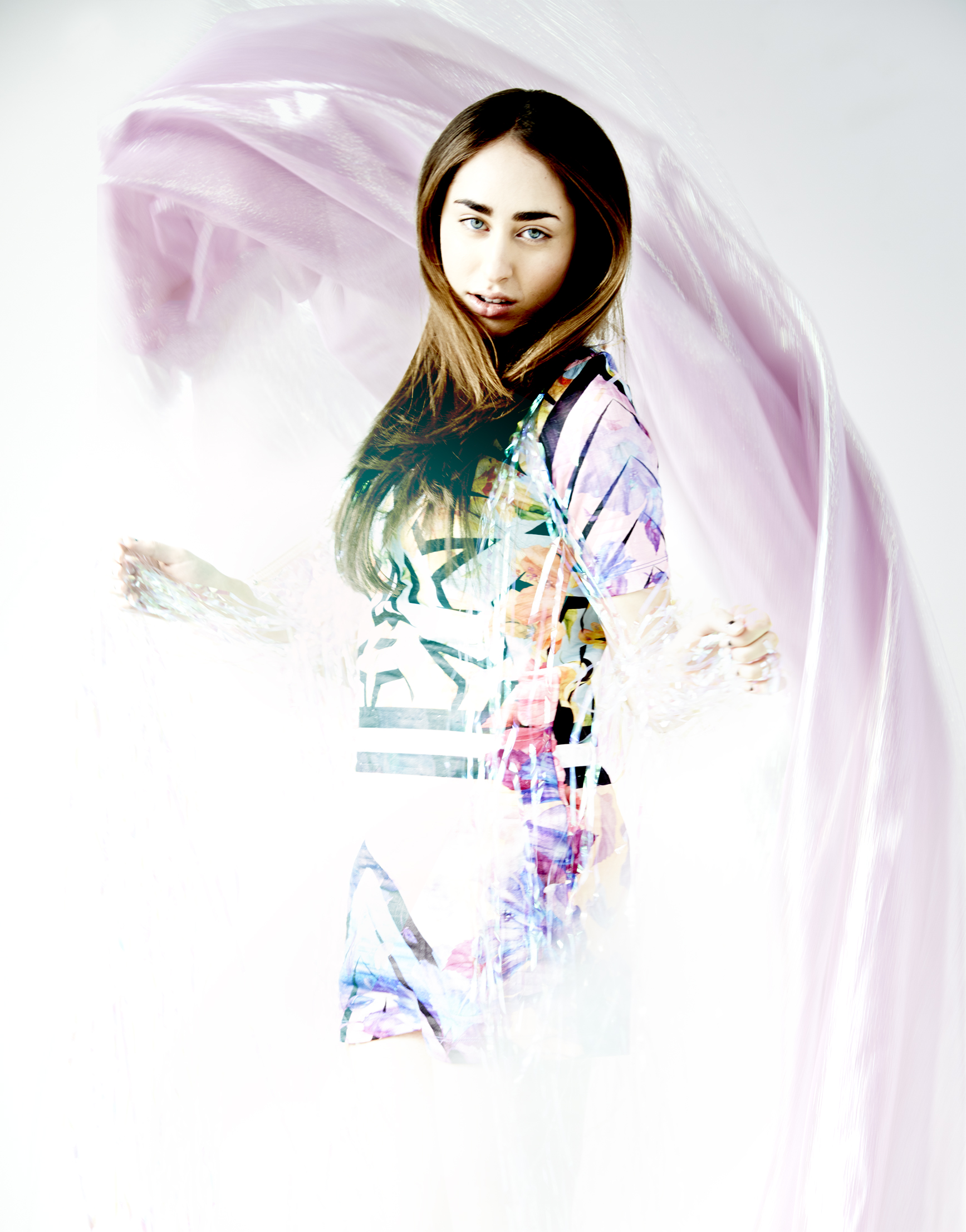
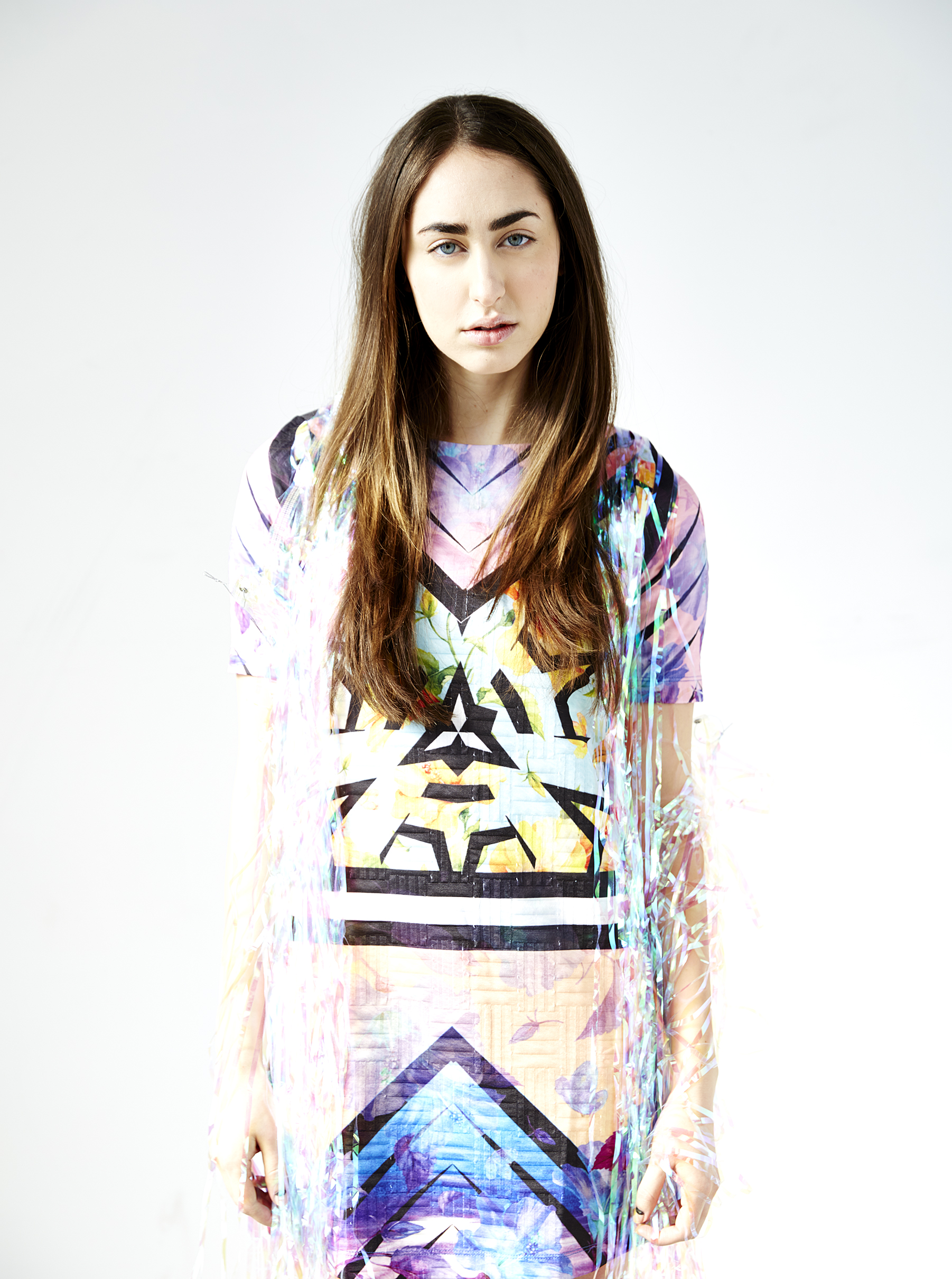
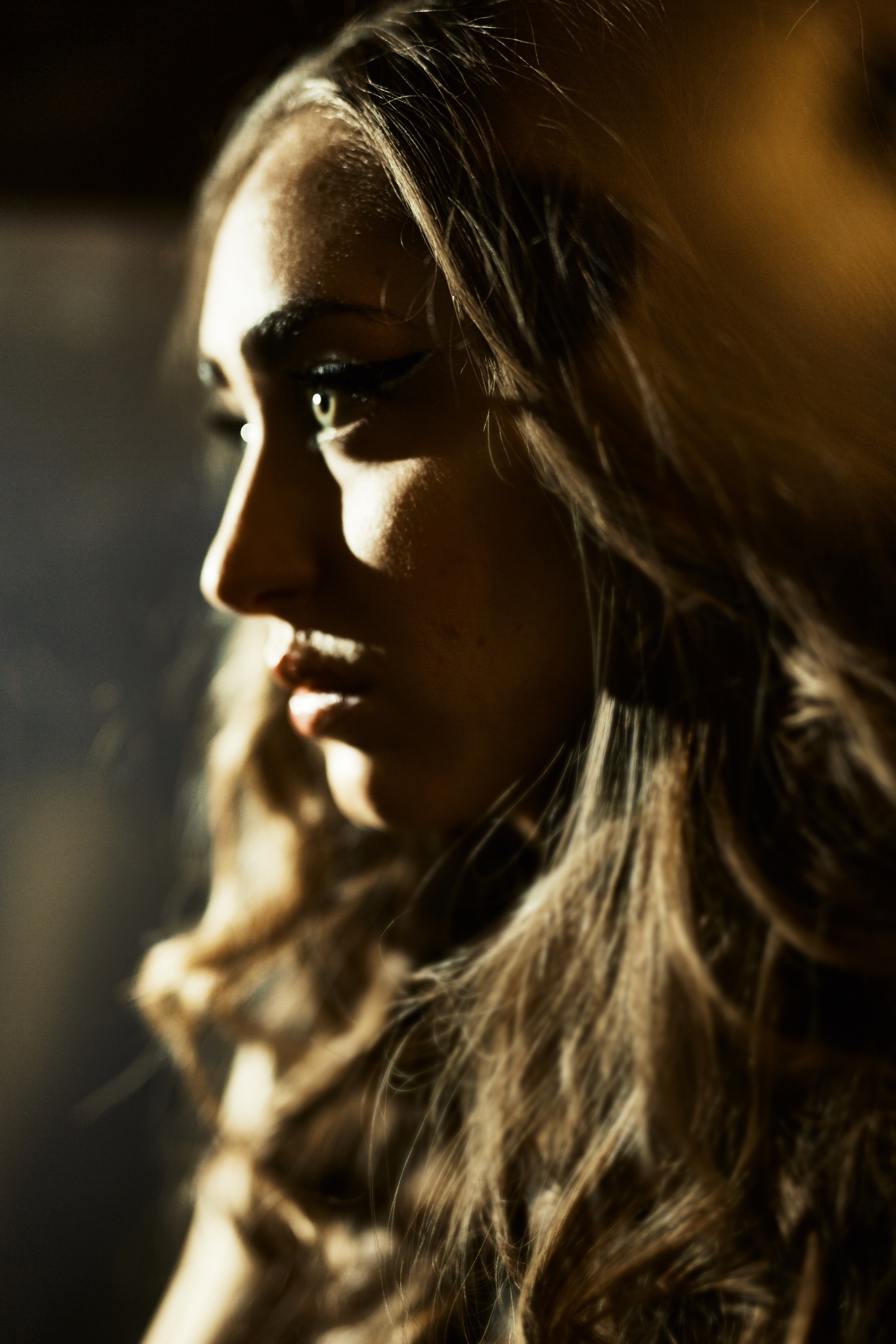
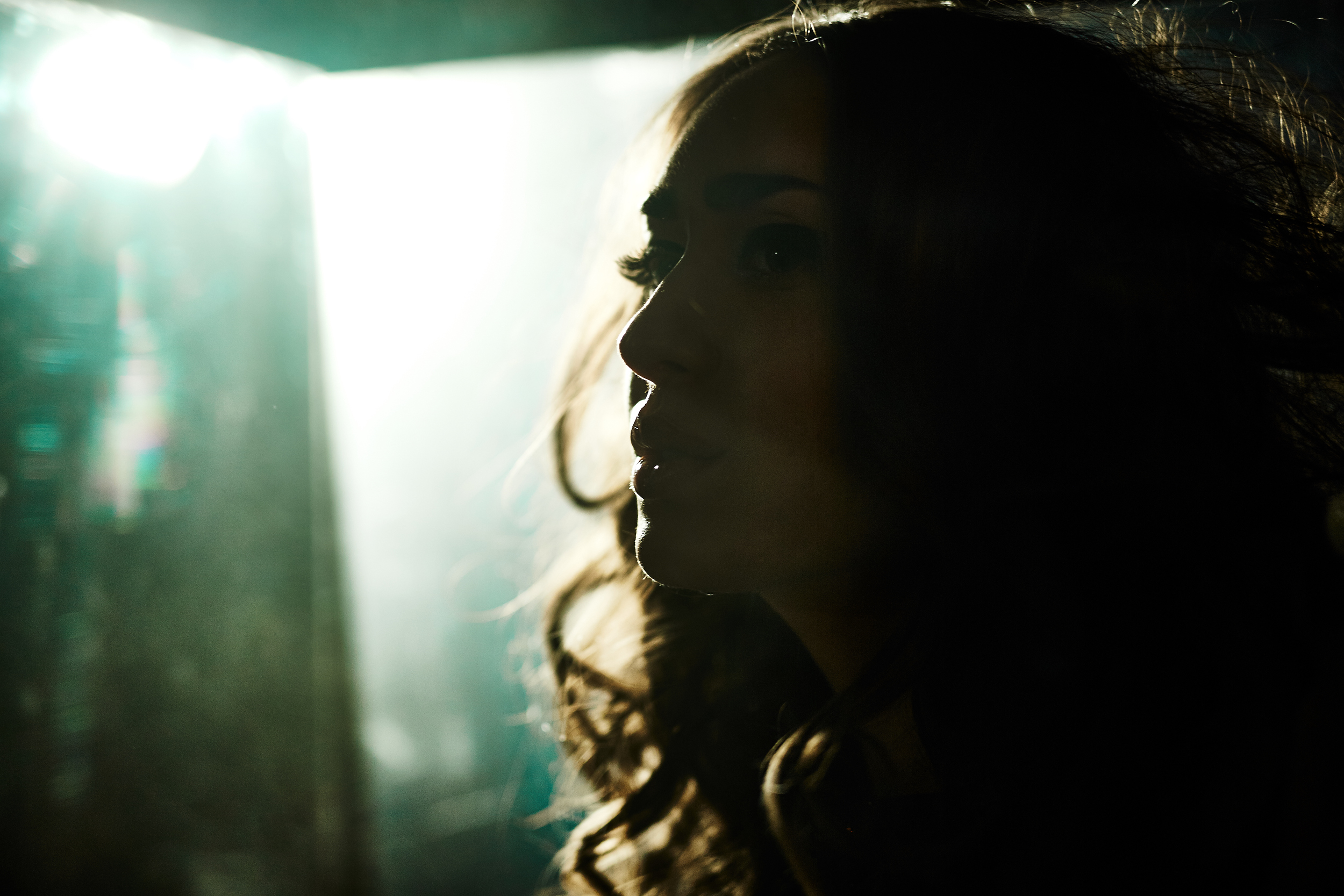
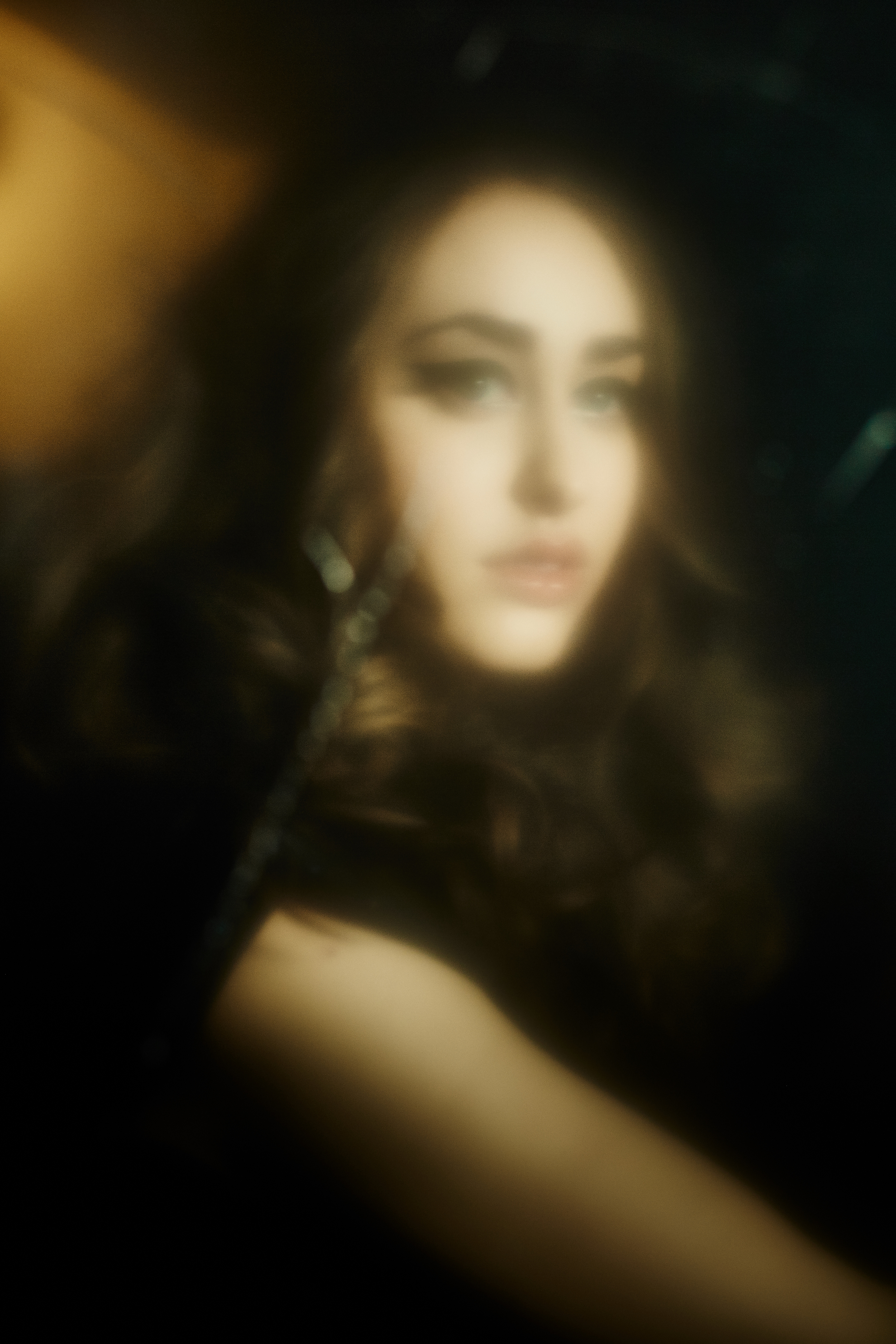
I'll never get sick of this city. I'll never get sick of the people in this city. I'm blessed to be surrounded by the most talented musicians on the planet. And I don't say that lightly. Music City really is the music capitol of the world.
One such musician and friend of mine, Julian Dente, asked me to shoot some images for his upcoming release "Start Again".